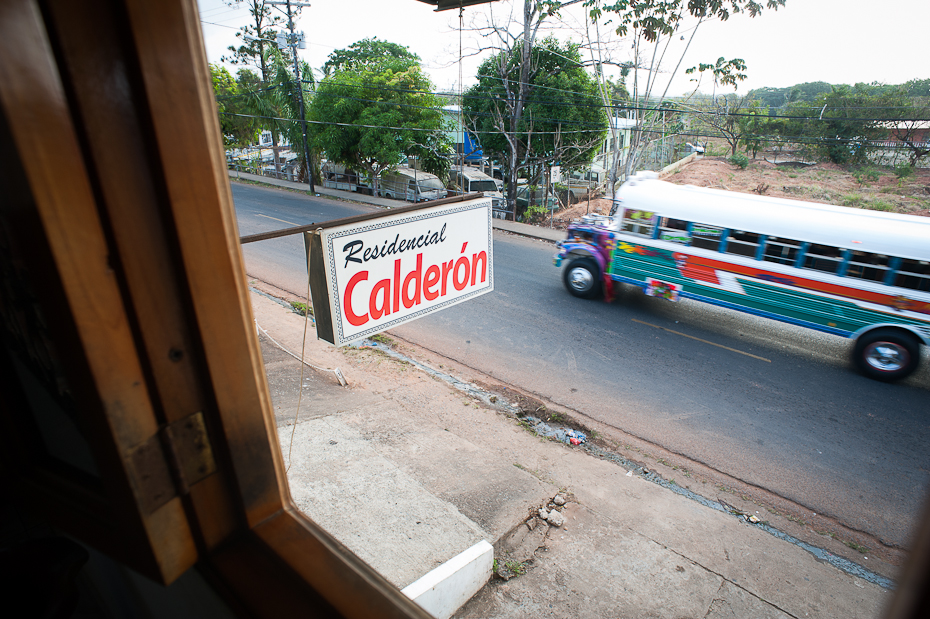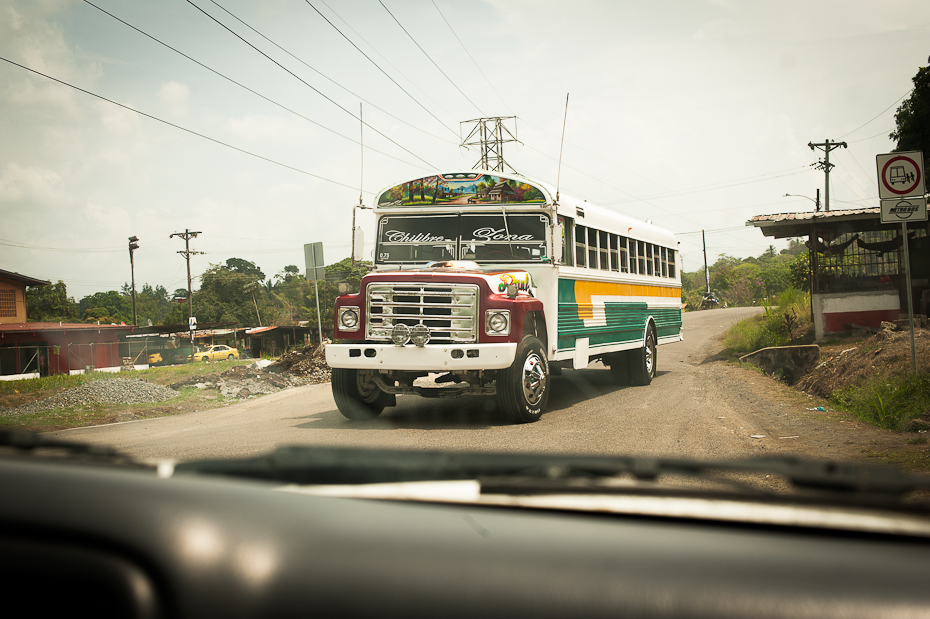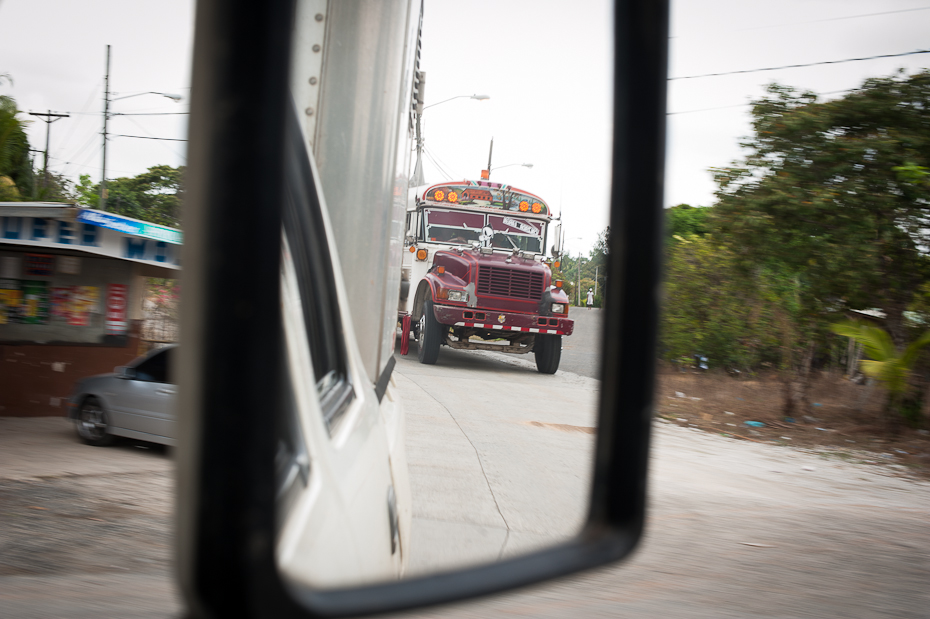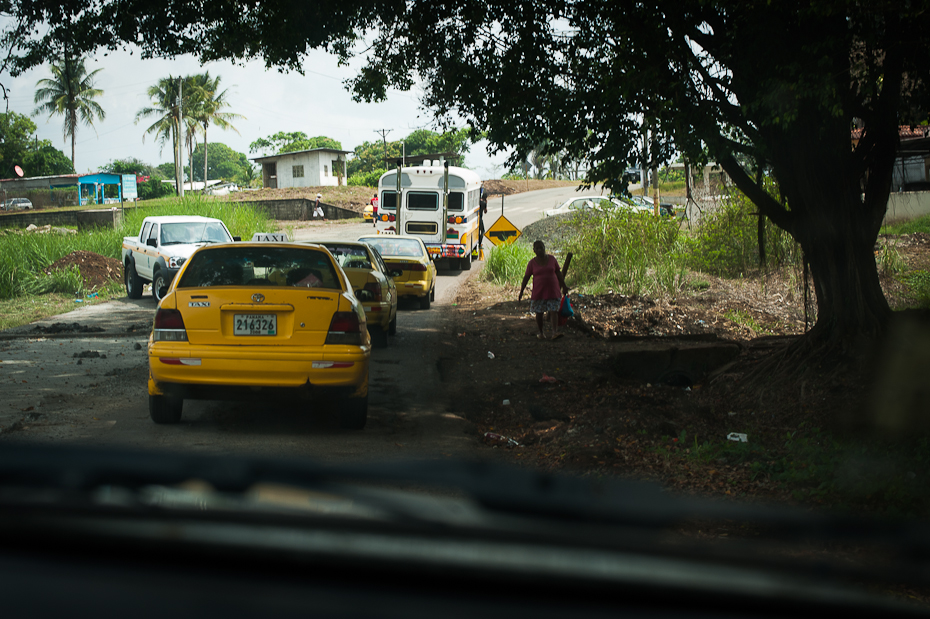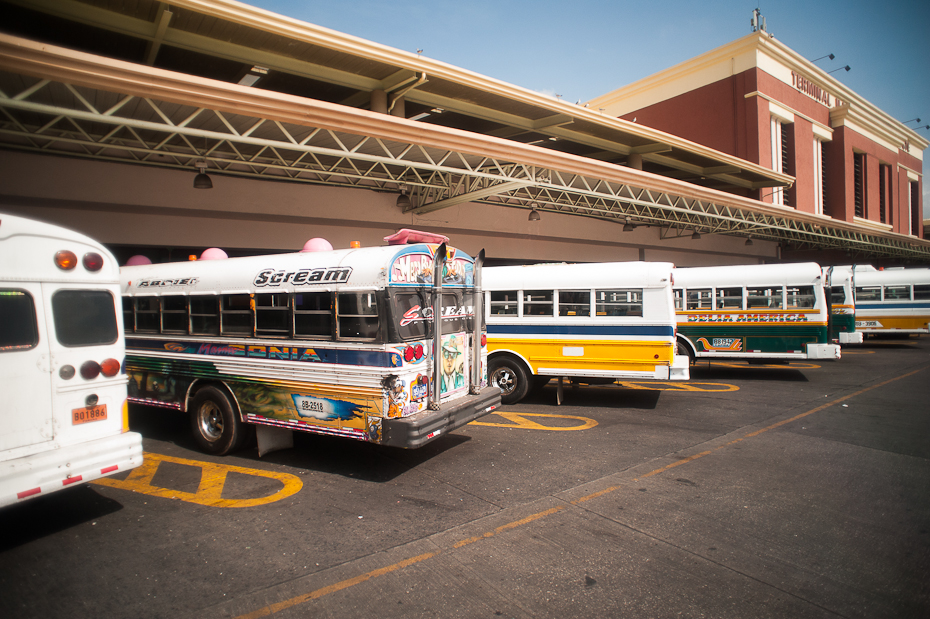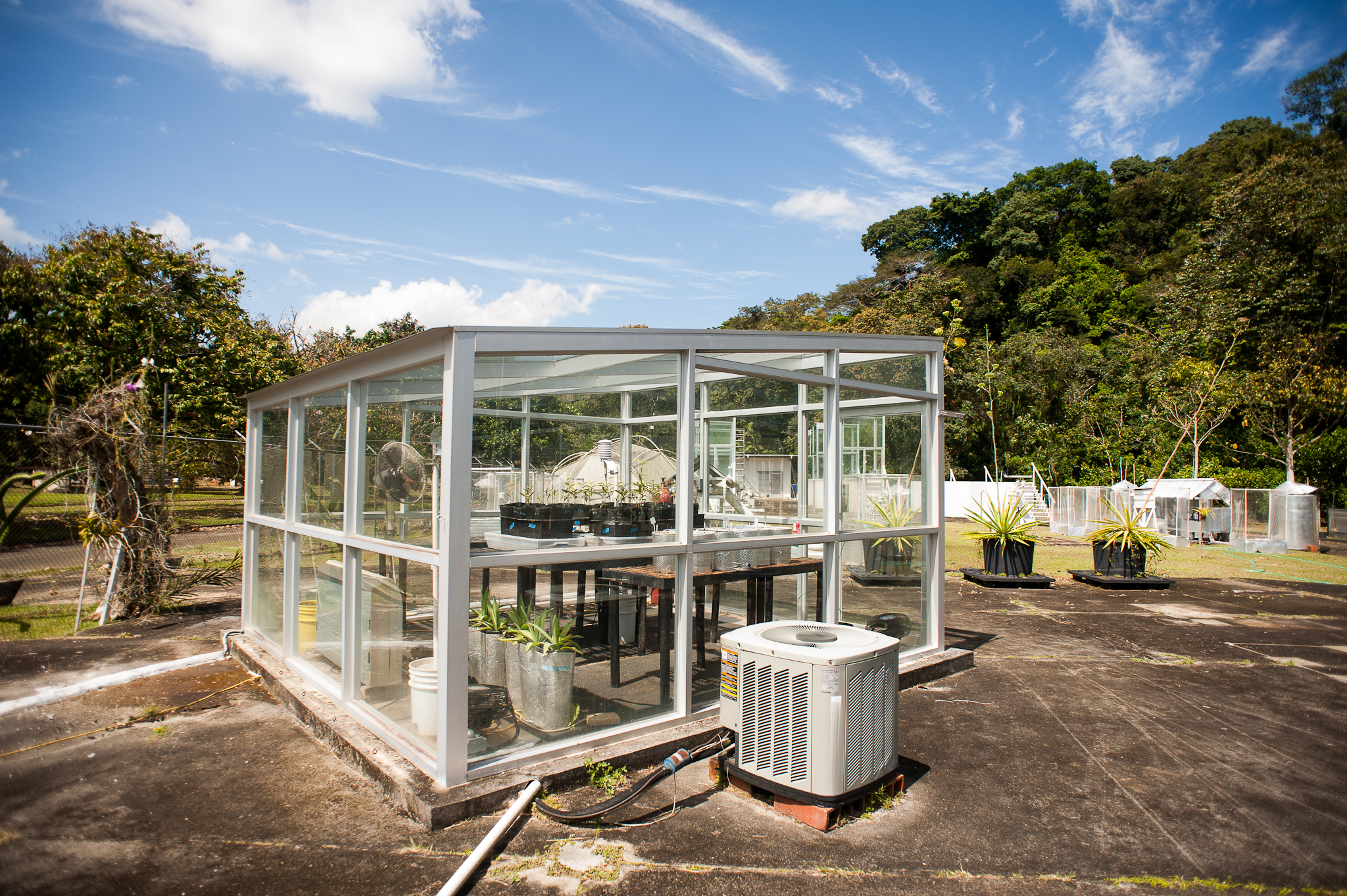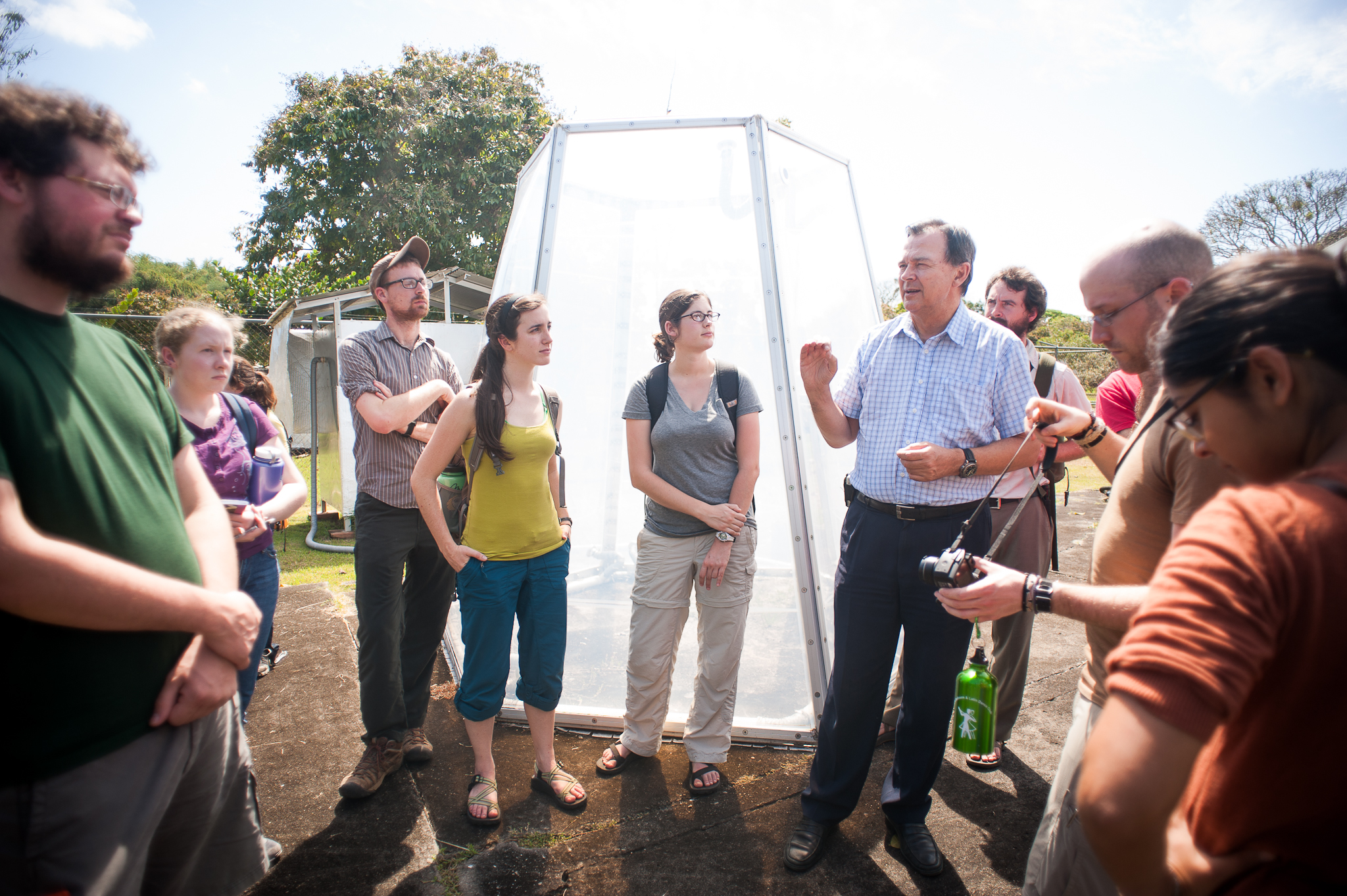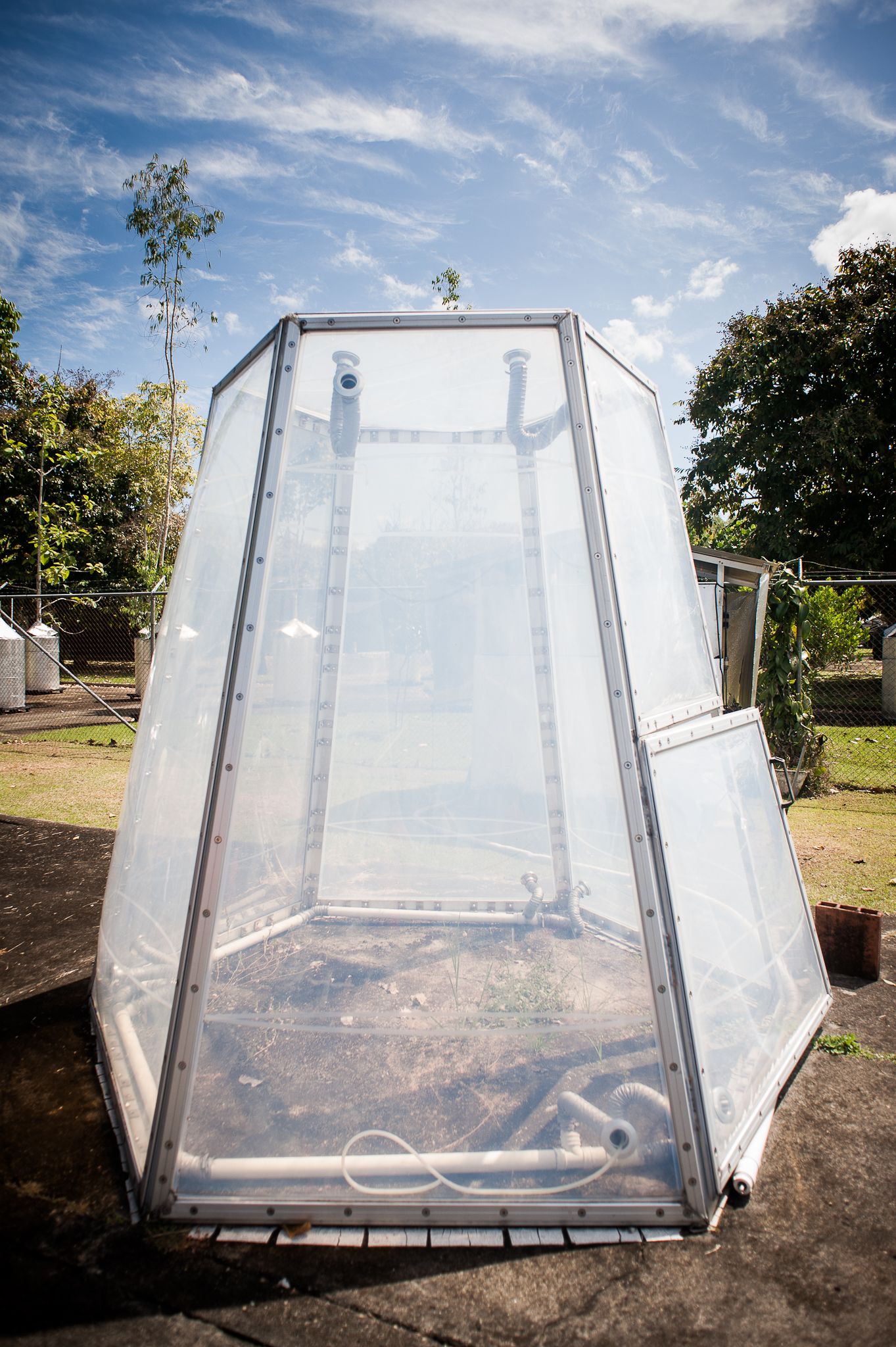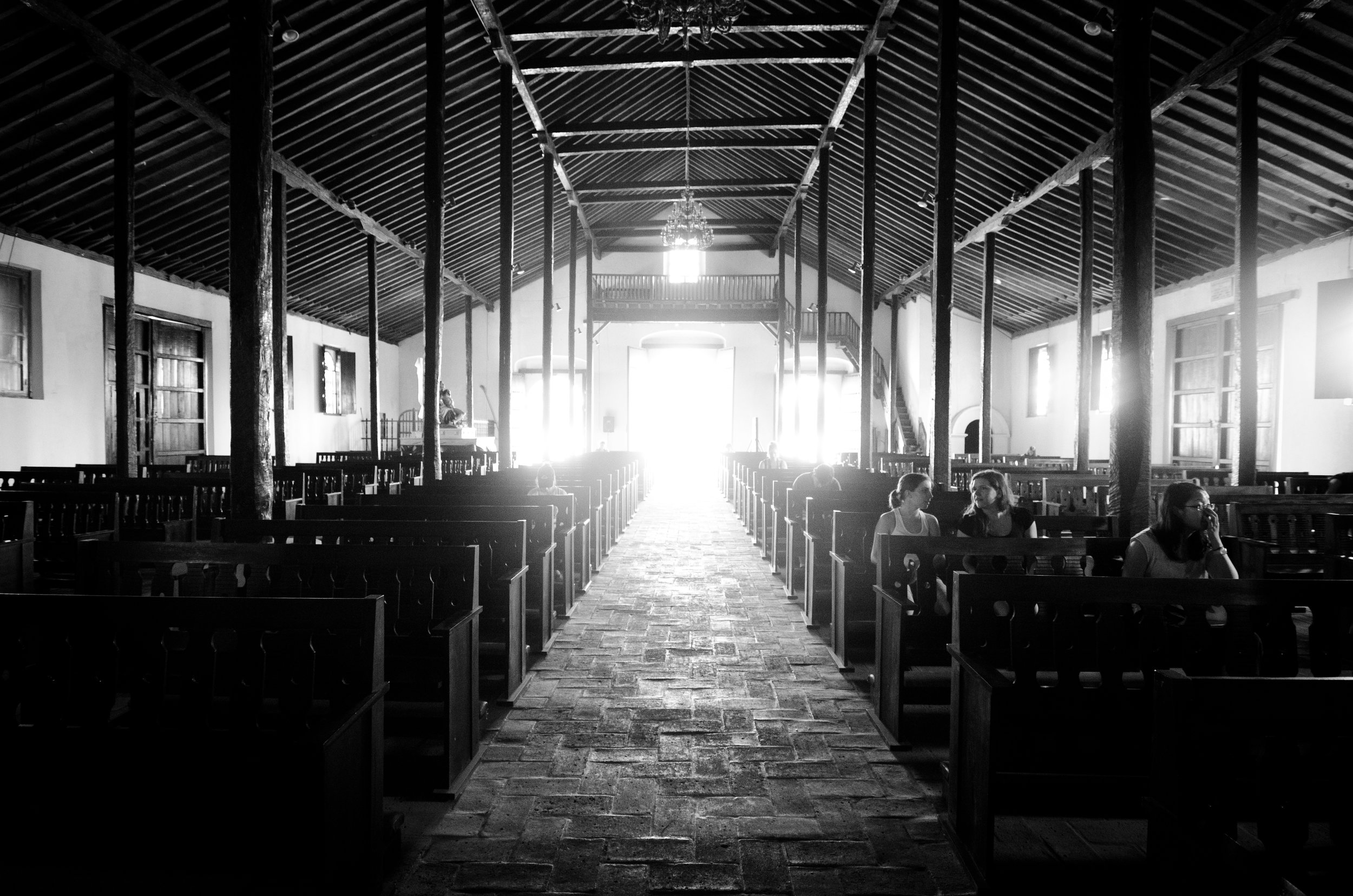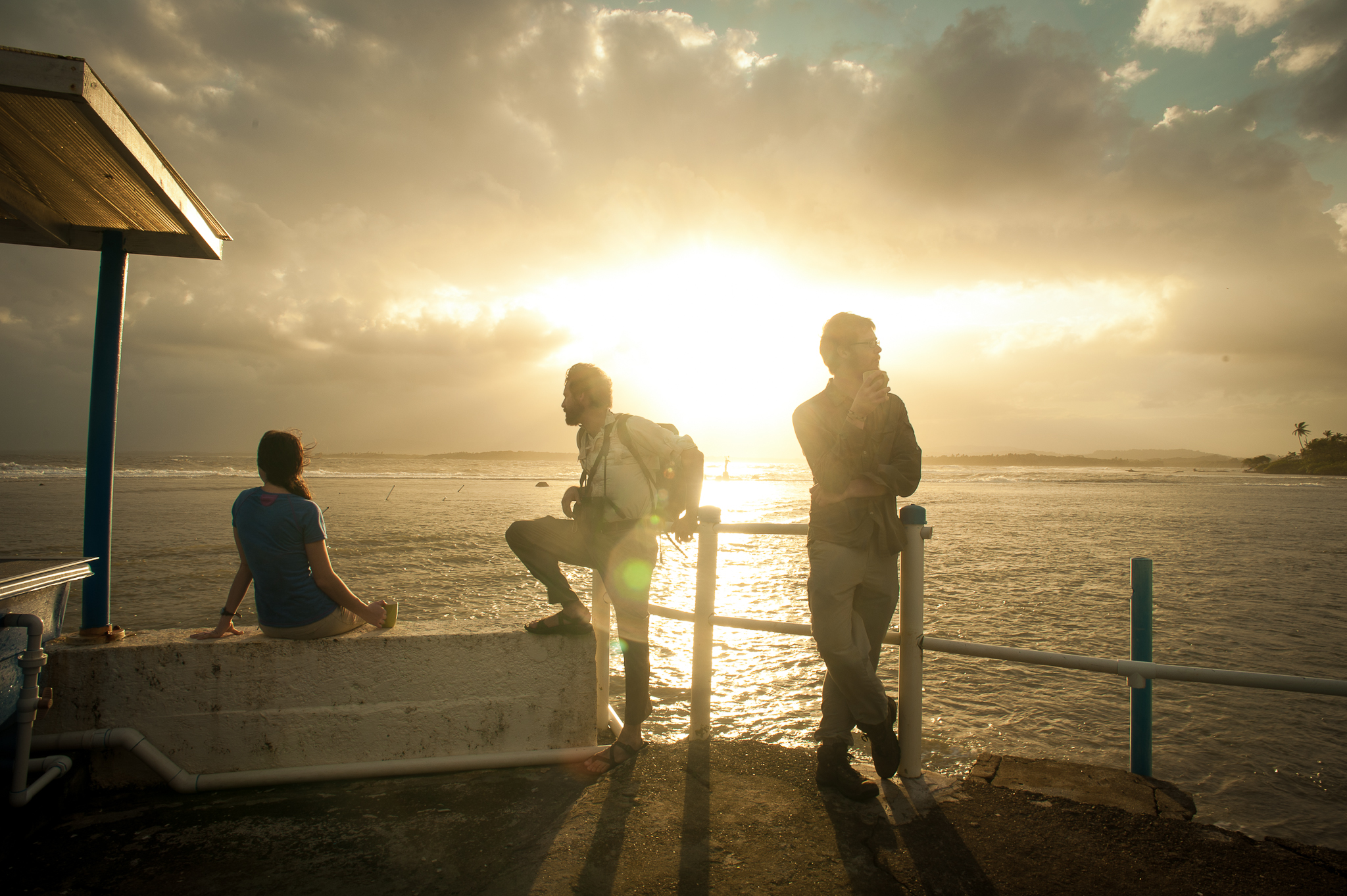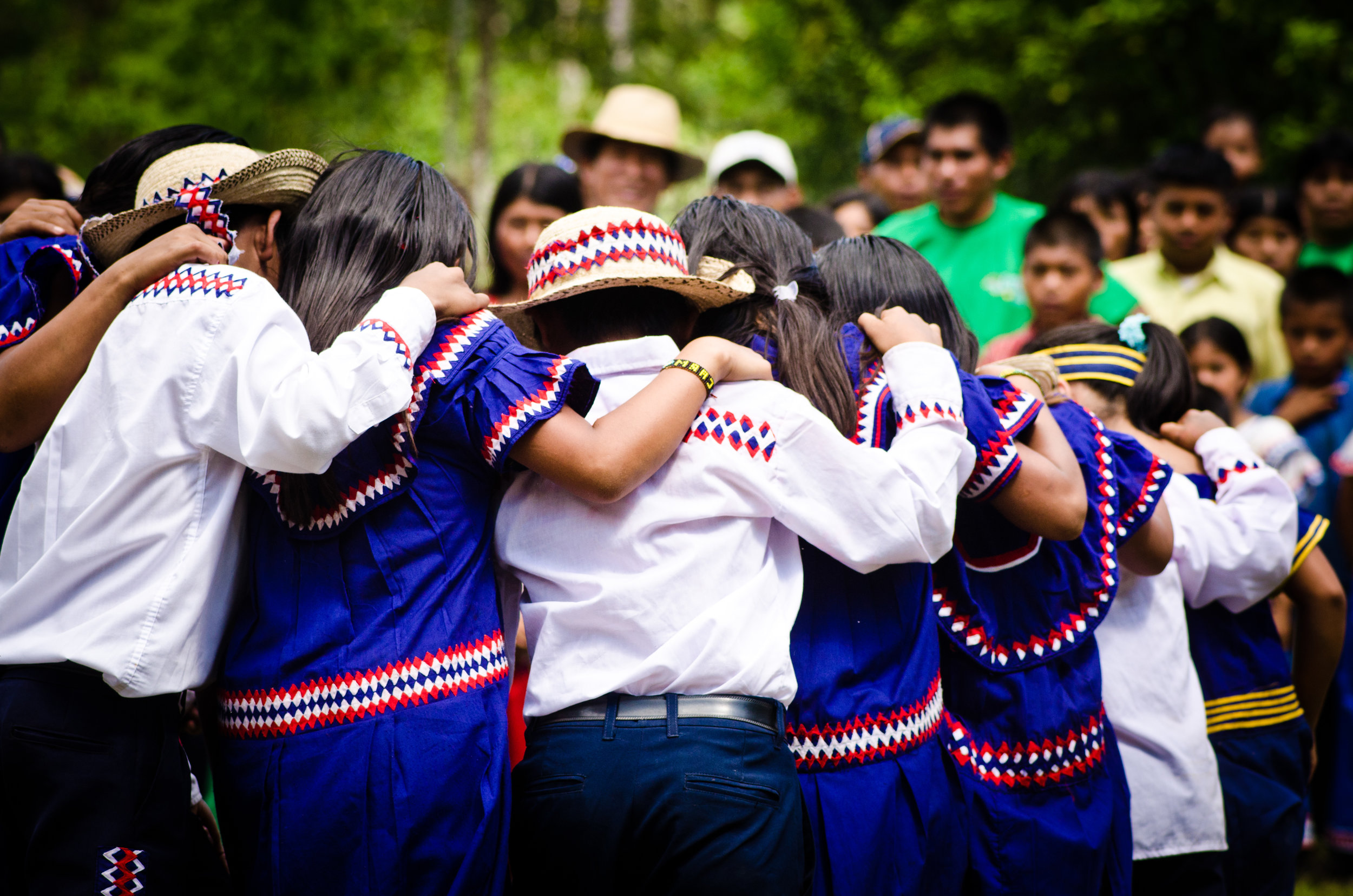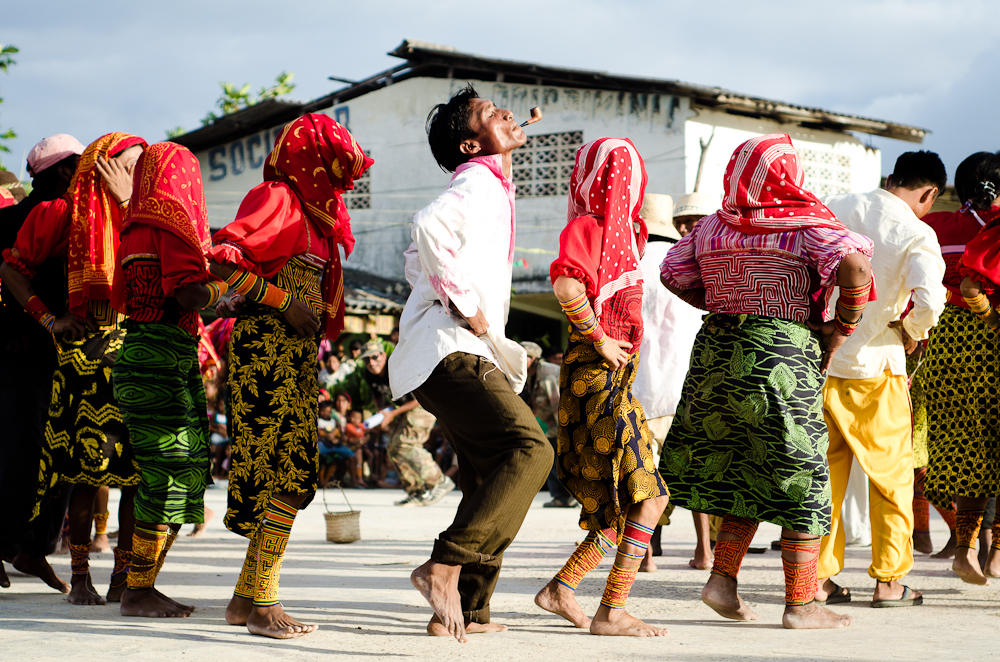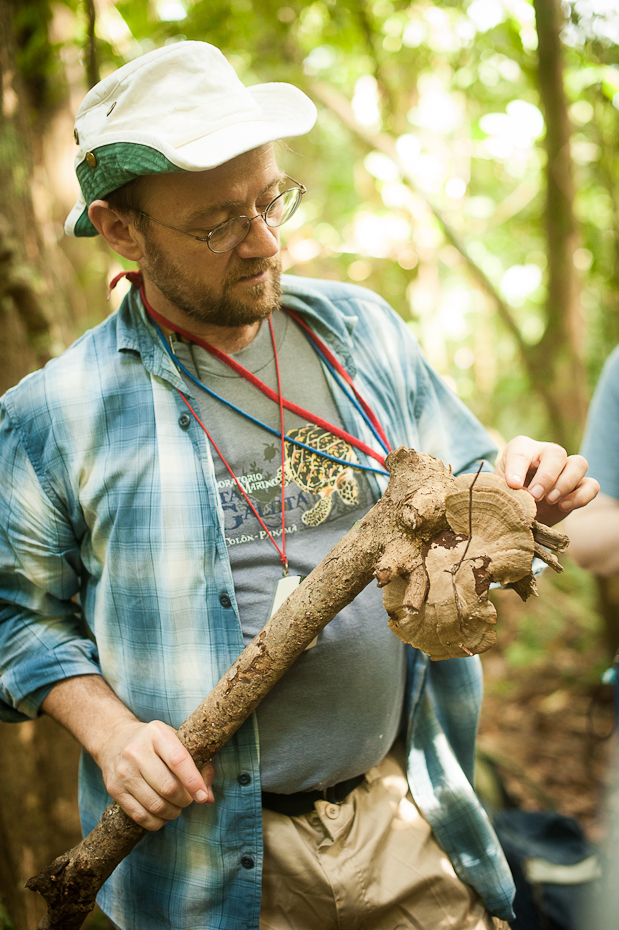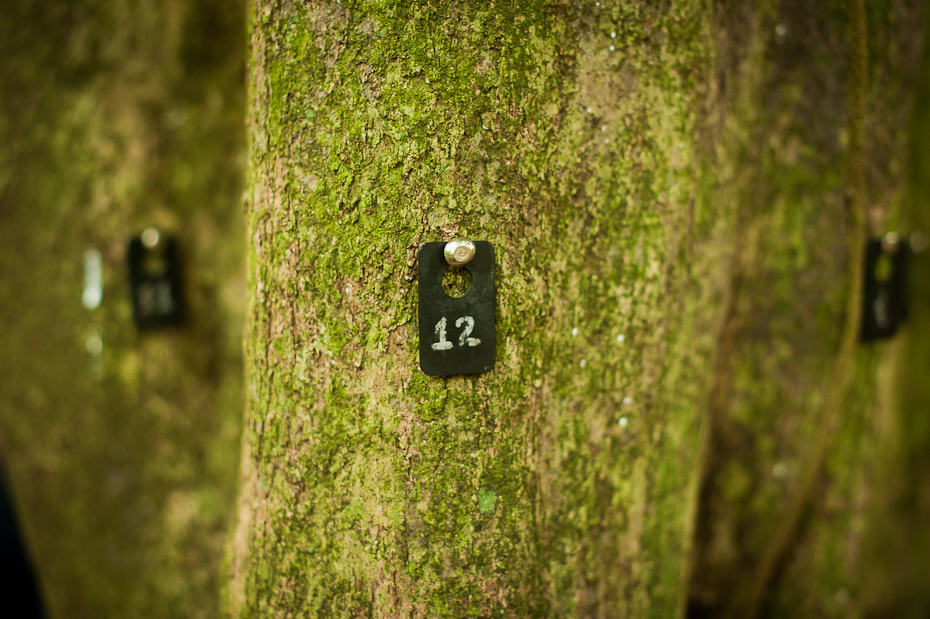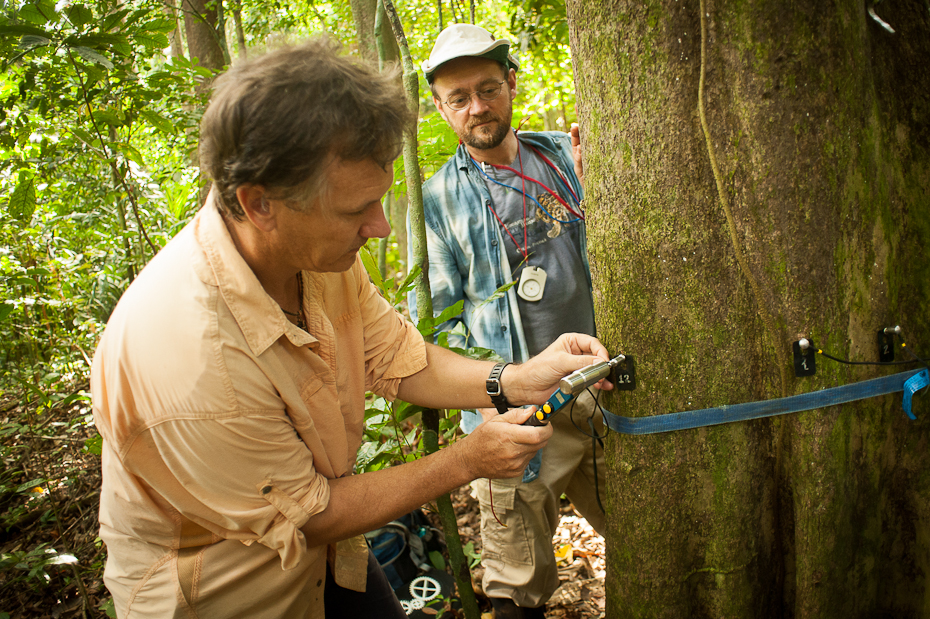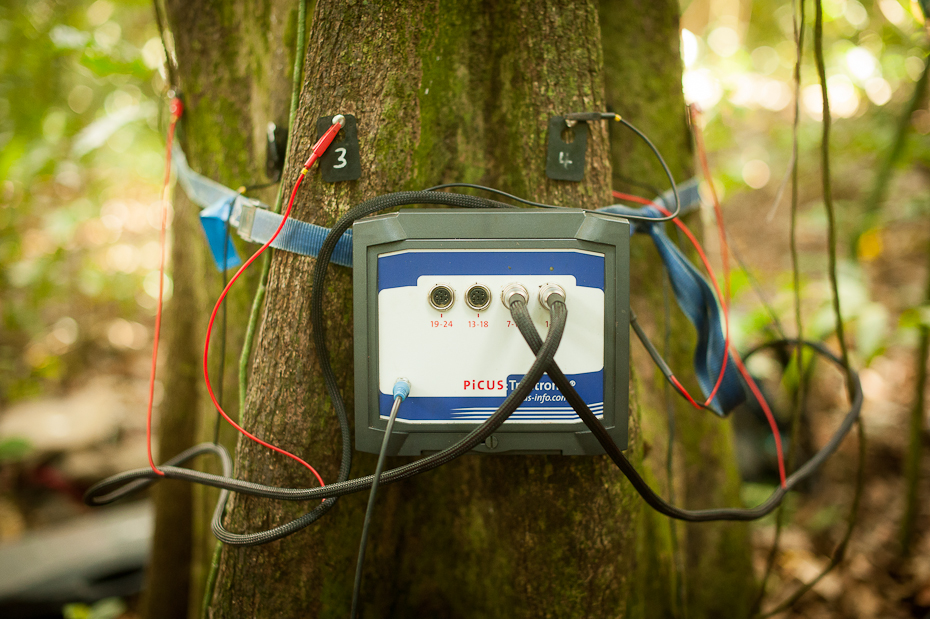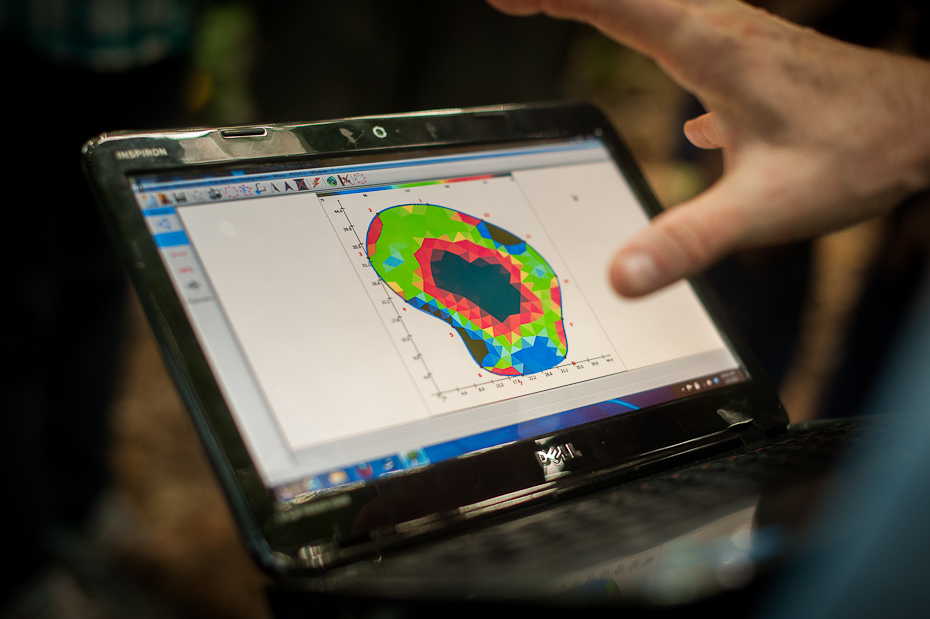Picture this. It’s close to 2AM. It’s quiet. Claudia went to bed a while ago already. I’m sitting at the dining table, papers and notebooks all over the place. I scribble something down and almost immediately cross it off. I’m obviously distressed, in agony even. I should go to bed. But I can’t. At least not yet. Not until I figure this out. What on earth is keeping me up? Do I have to hand in something for work tomorrow morning? Did I miss an important deadline? Nope. I just can’t decide what camera gear to pack for my next trip. A few weeks away. Ohhh but if you could only understand the anguish I feel. I want to bring everything, but I can’t. Do I leave my telephoto lens behind and say byebye to the amazing wildlife I’ll be seeing? Or do I bring it and compromise on the beach sunsets and awesome waterfall shots? The joys of travel photography. Analysis paralysis. Maybe I should just stay in Montreal.
If you saw what was going through my head, you’d find it comical, really. Every possible scenario, played over and over. As if life depended on it. What if, while hiking through the big trees of the rainforest, I spot this bug when suddenly a bird flies by?! I would need a wide-angle, macro and telephoto lens! MINIMUM! Bringing these 5 lenses should do it. But hey a flash isn’t that heavy let’s throw that in there. And you know, a light modifier and a few wireless triggers. And a reflector. And my tripod isn’t THAT heavy. Tadaaa! Suddenly I’m flirting with excess baggage fees at the airport. You should’ve seen how ridiculous I looked at the airport. An overpacked mule I was.
I used to be like that. I think most photographers are like that at some point. Thankfully, I’ve cut down on camera gear tremendously in every trip since. This time I only brought a 50 and a 20. And I almost exclusively use the 50. Free as a bird. In the end it really comes down to what you want to capture. I left behind all those “just in case” lenses. I want to focus solely on documenting my research process and the people I meet. The two small primes will do the job. Don’t worry about the shots you could have gotten, and don’t stay fixated on the traditional roles of each lens. Camera manufacturers often market each lens as if it’s good for one thing only. Wide-angle for landscapes, telephoto for sports and wildlife, blablabla. In the hope of showing you how a single focal length can capture diverse subjects, all the images in this post were shot with the 50. I encourage you to limit the gear your pack for travel. You’ll worry less and enjoy more.
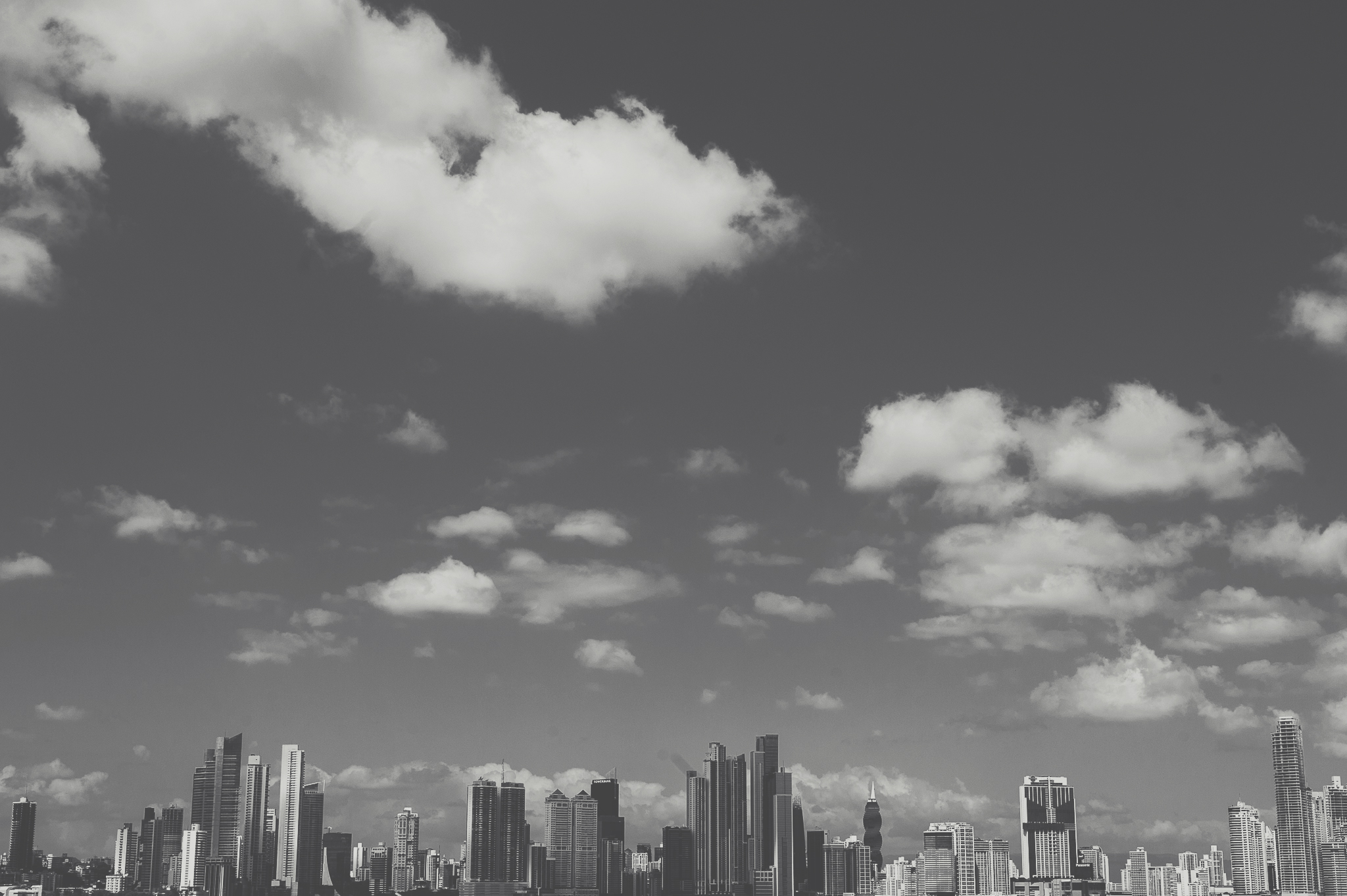
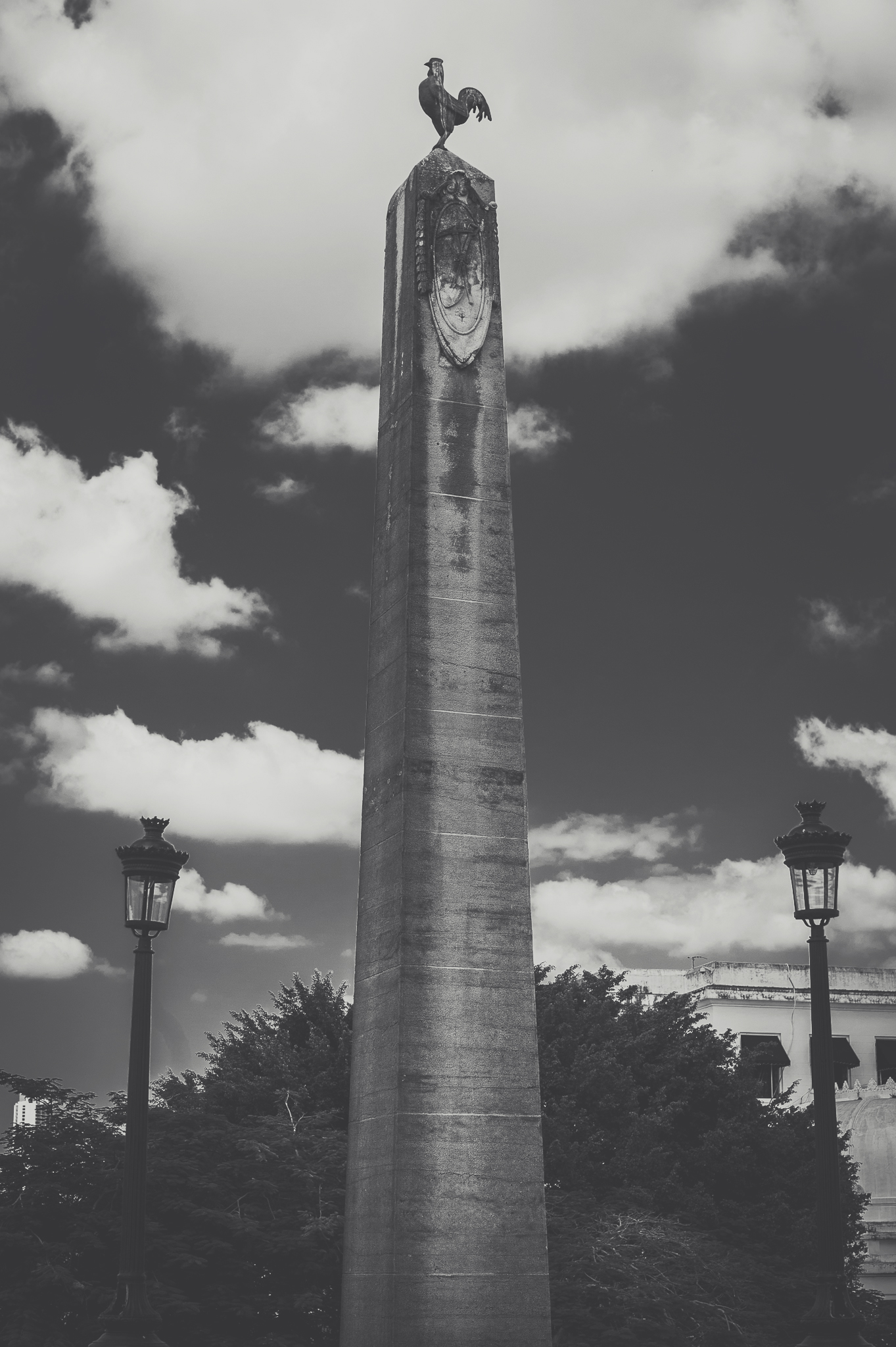
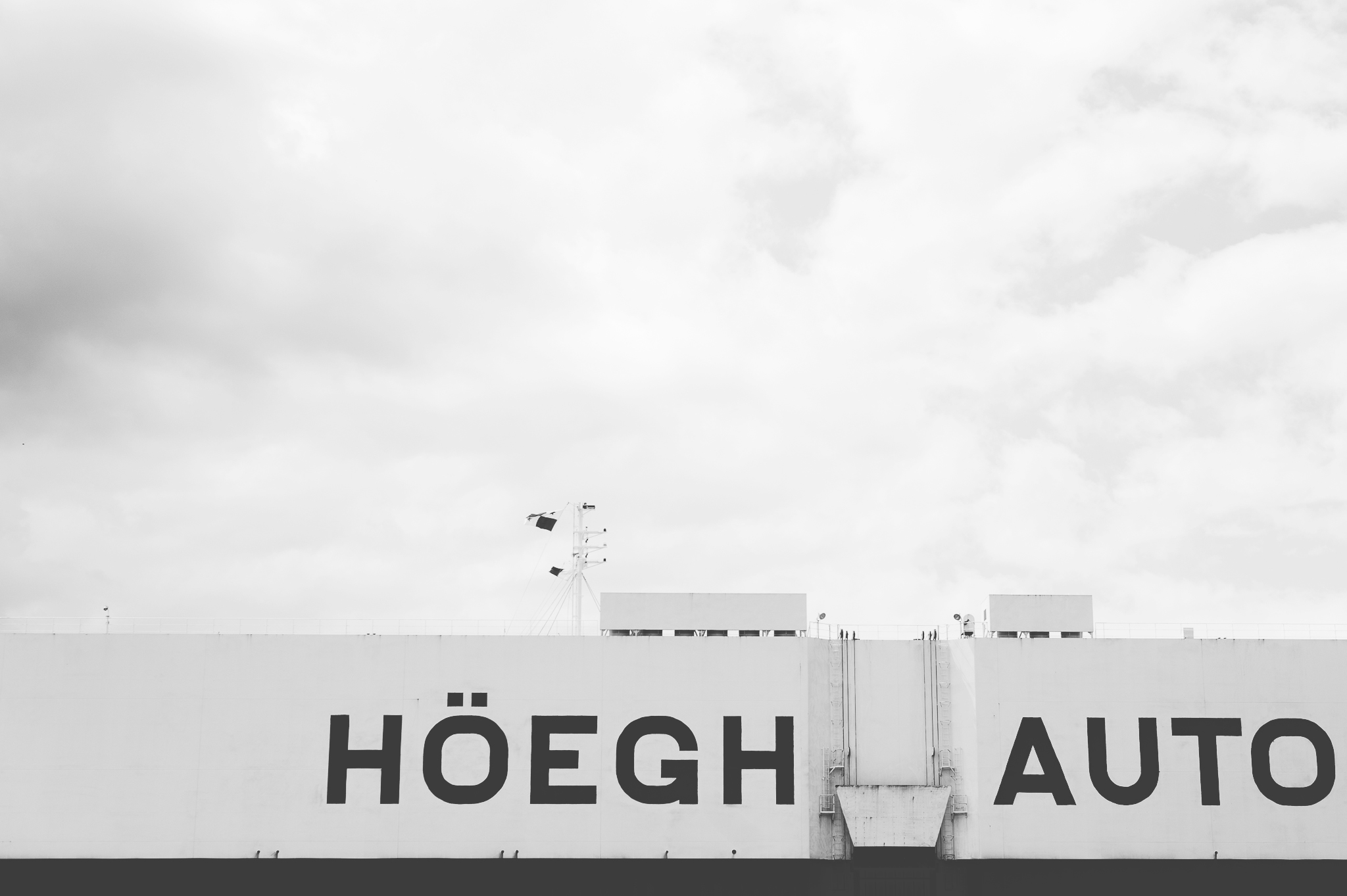
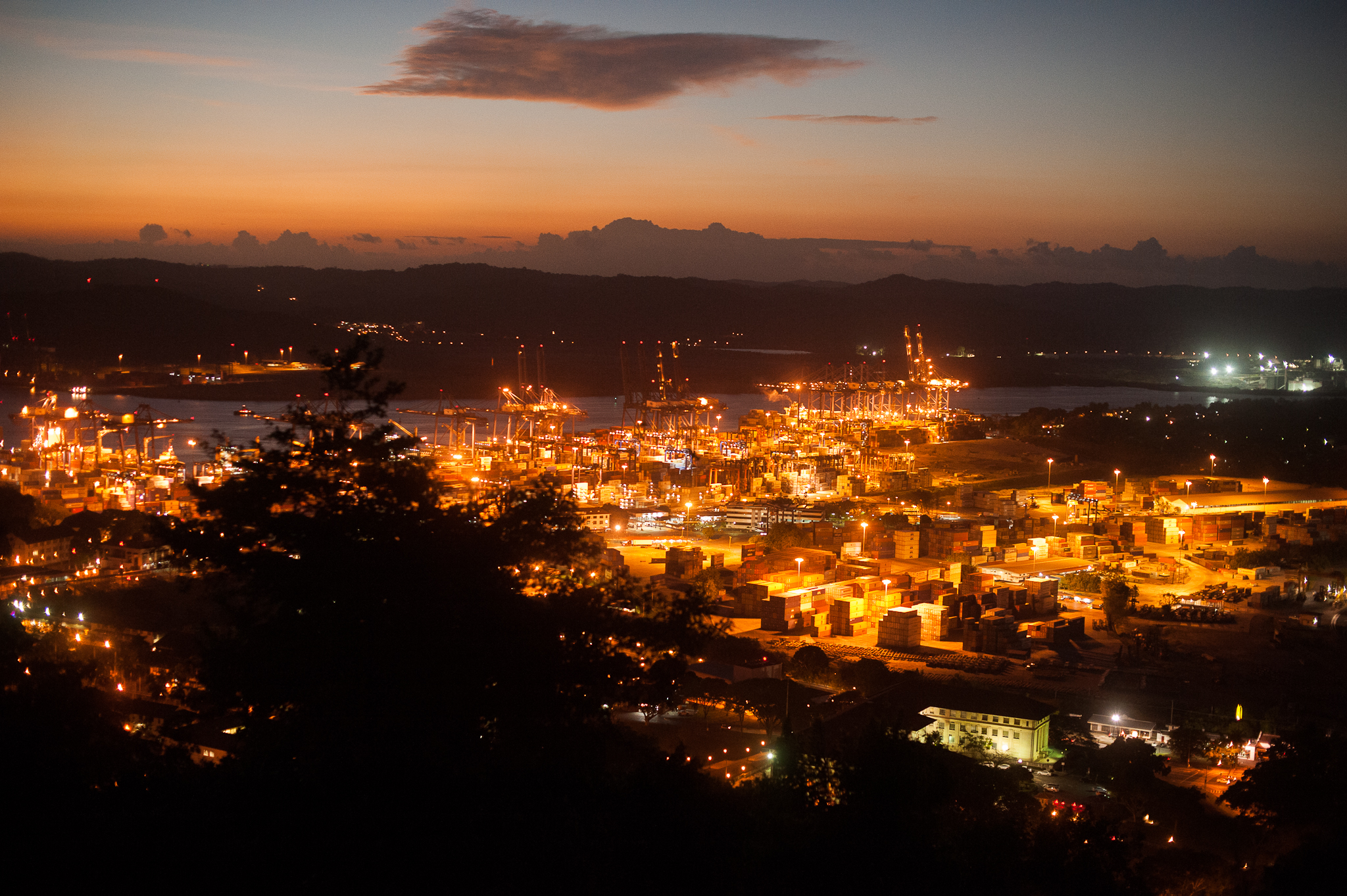
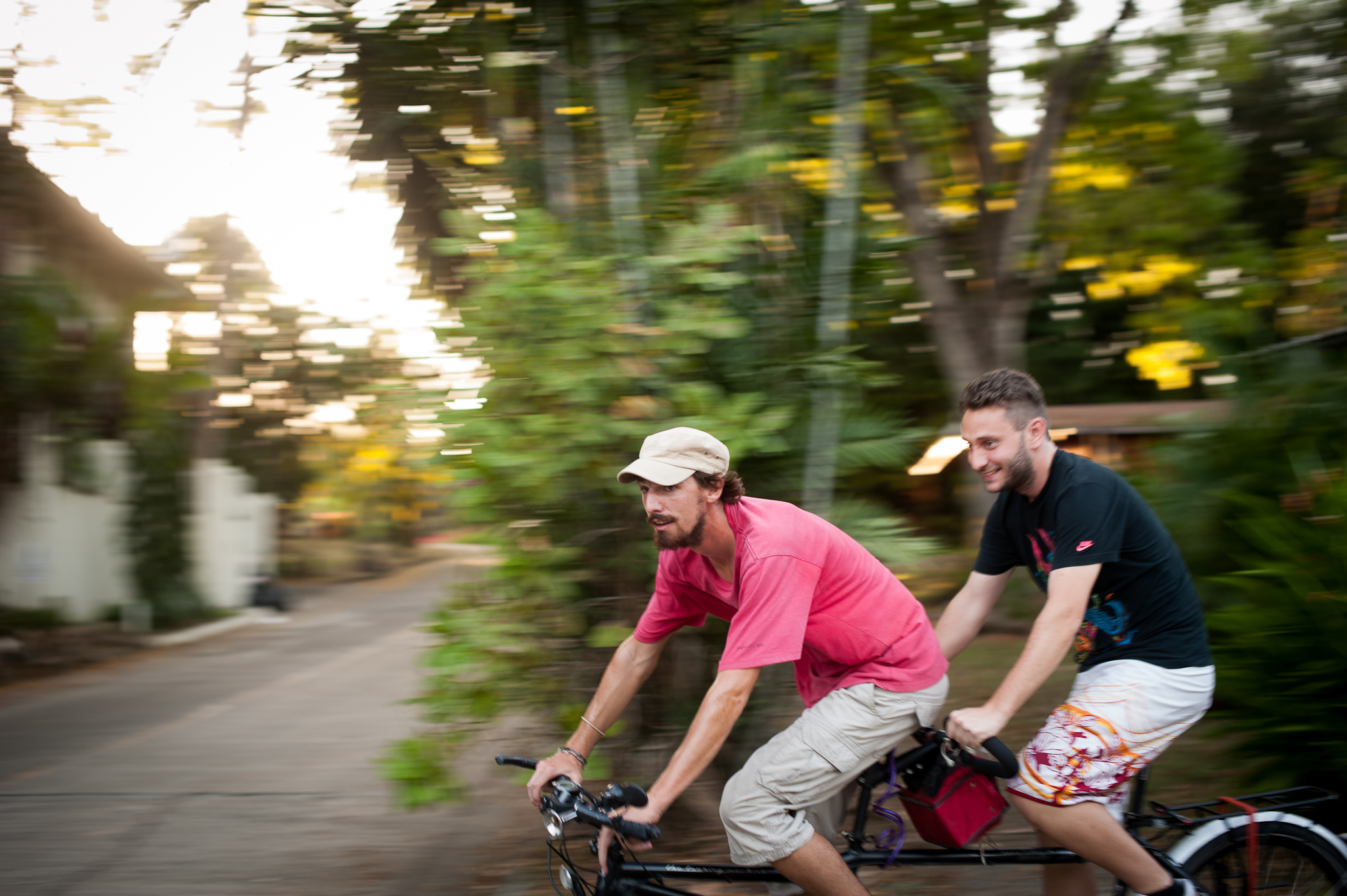
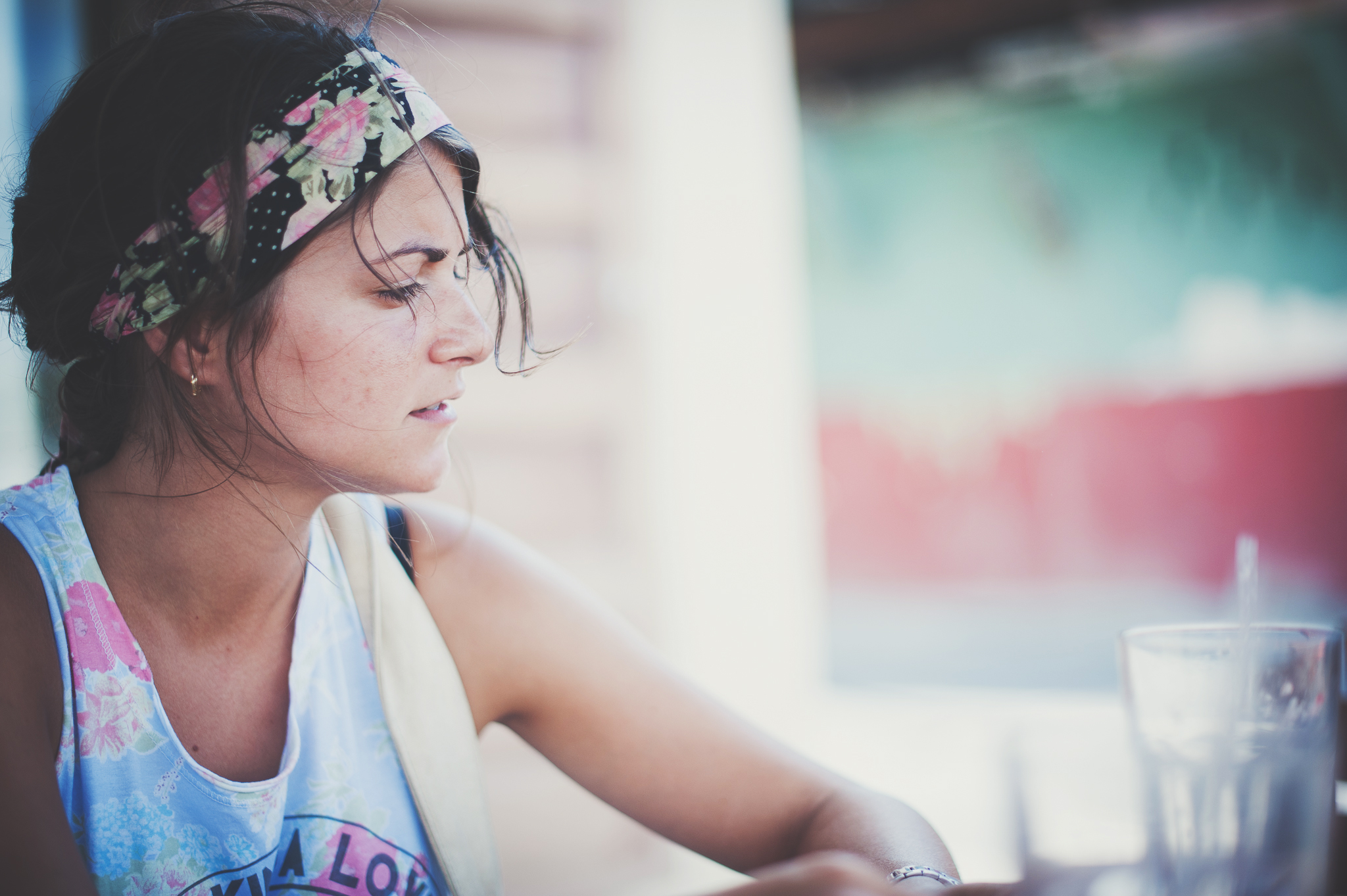
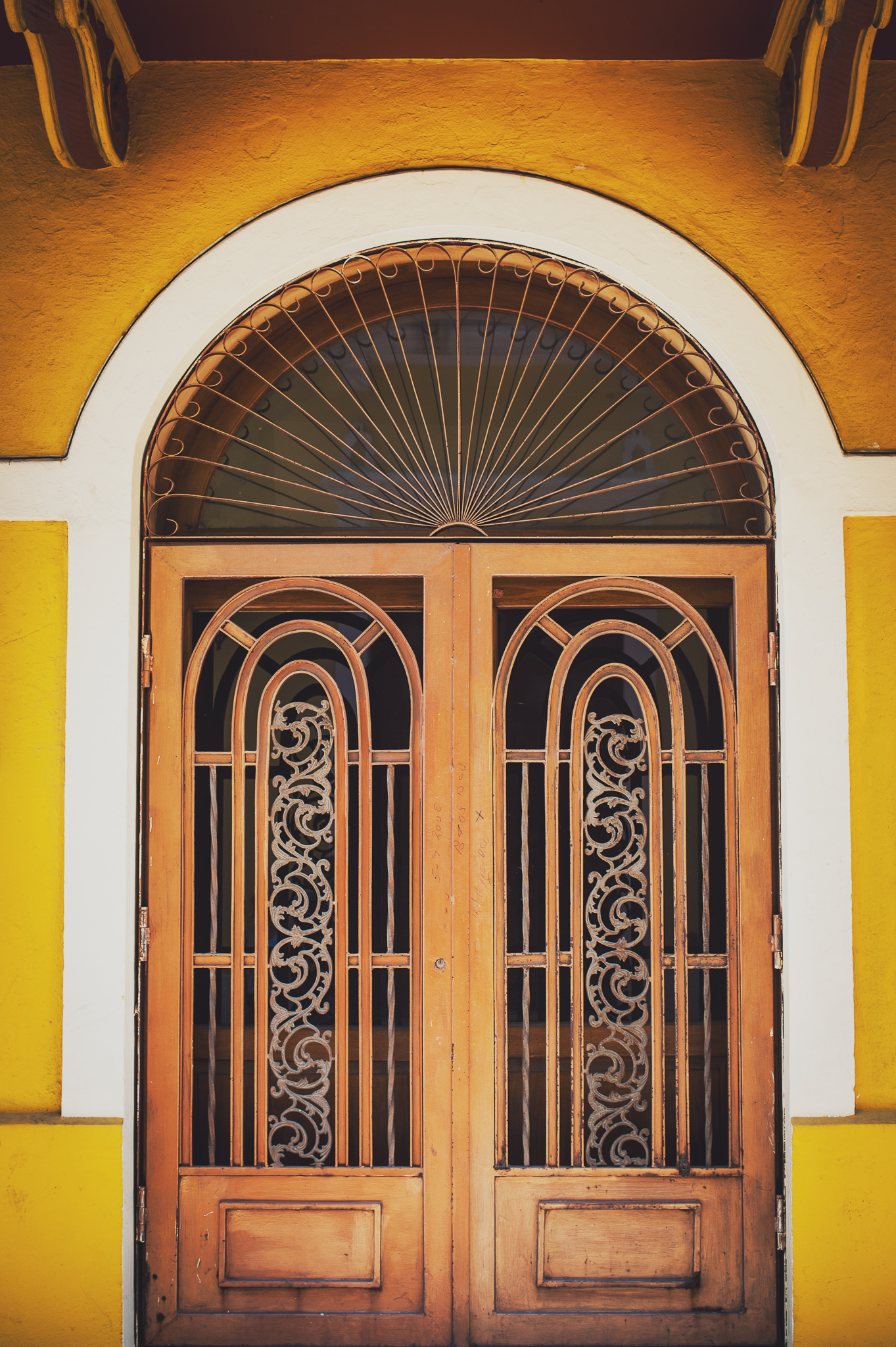
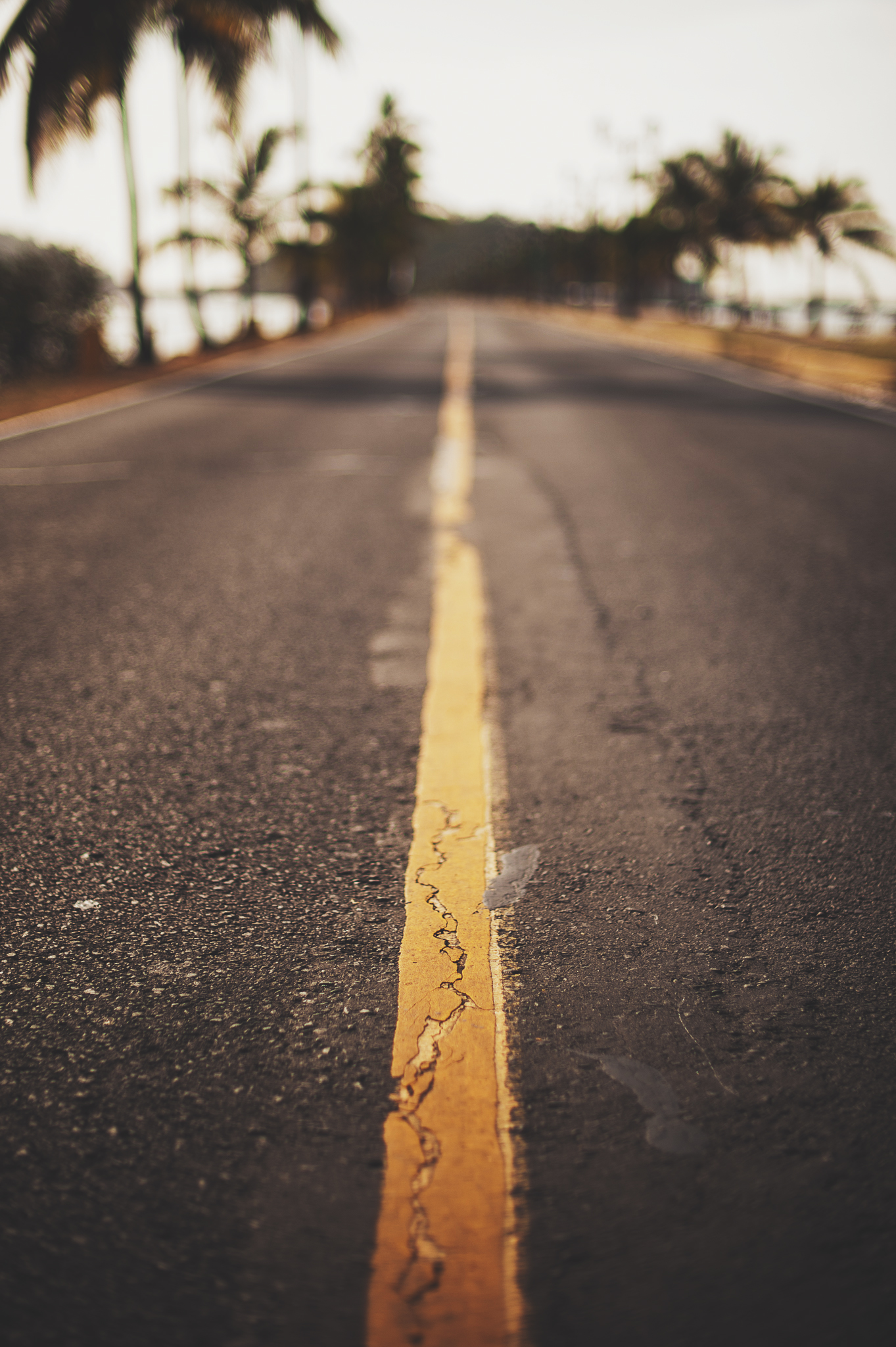
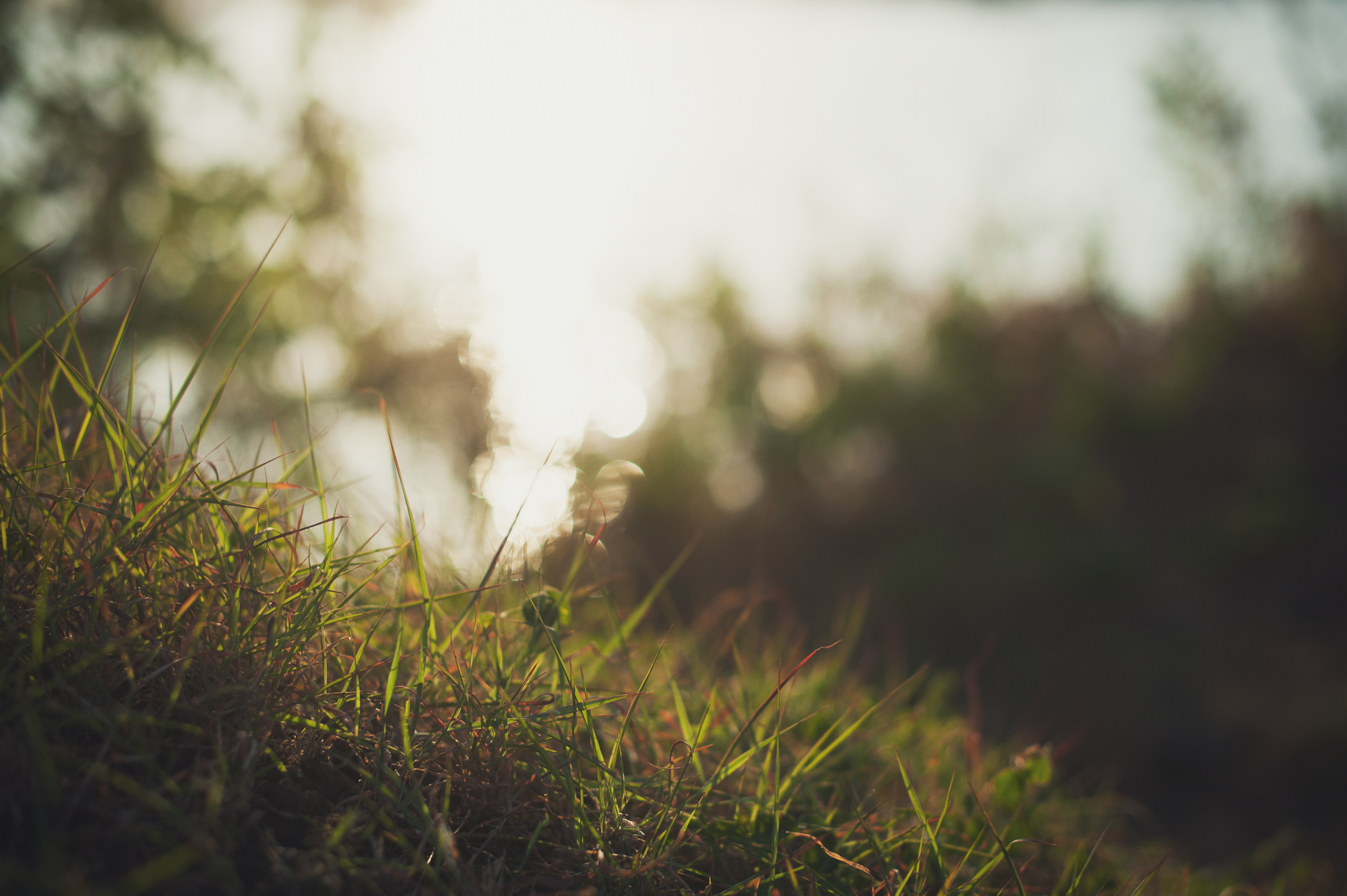
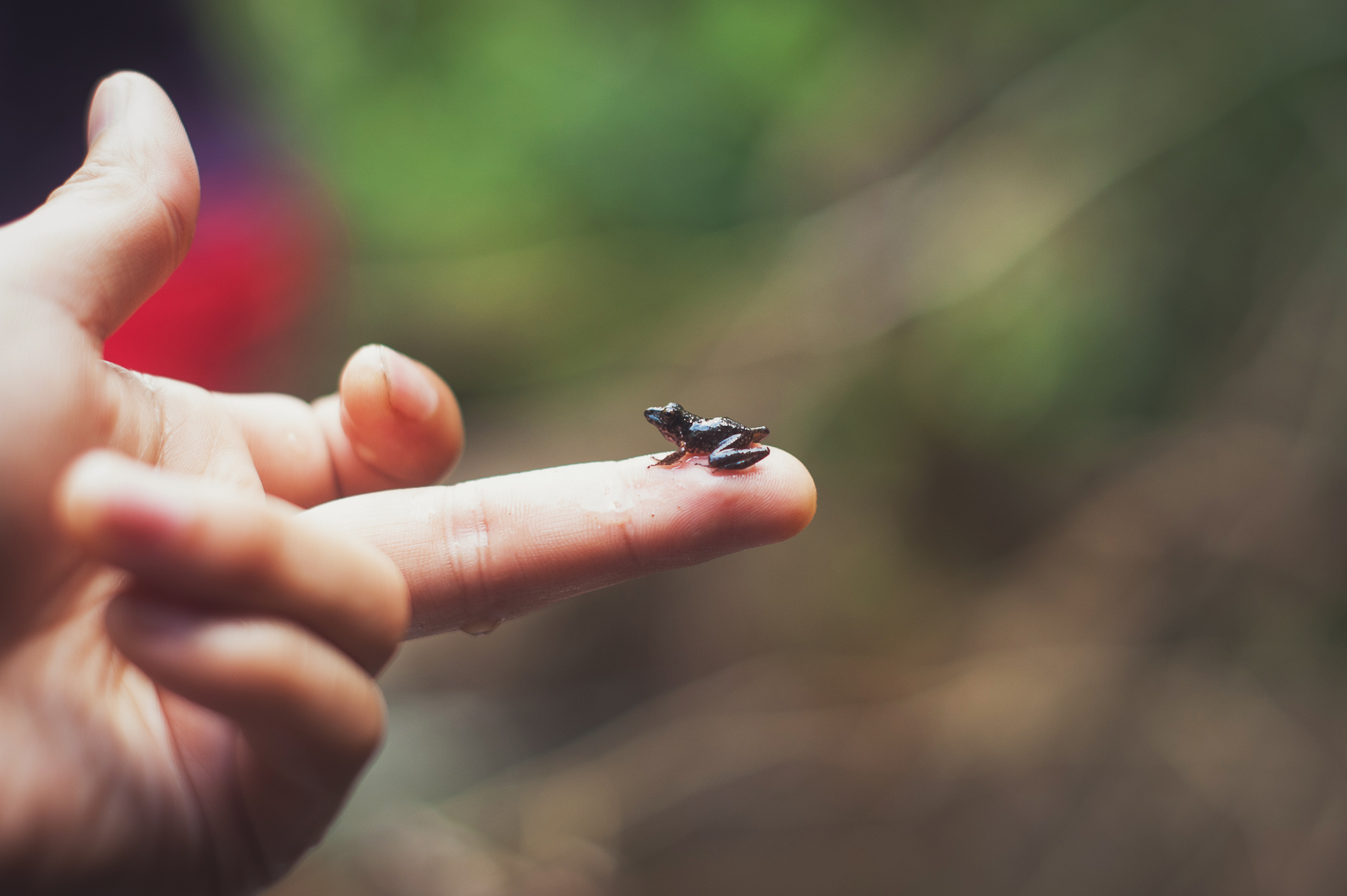

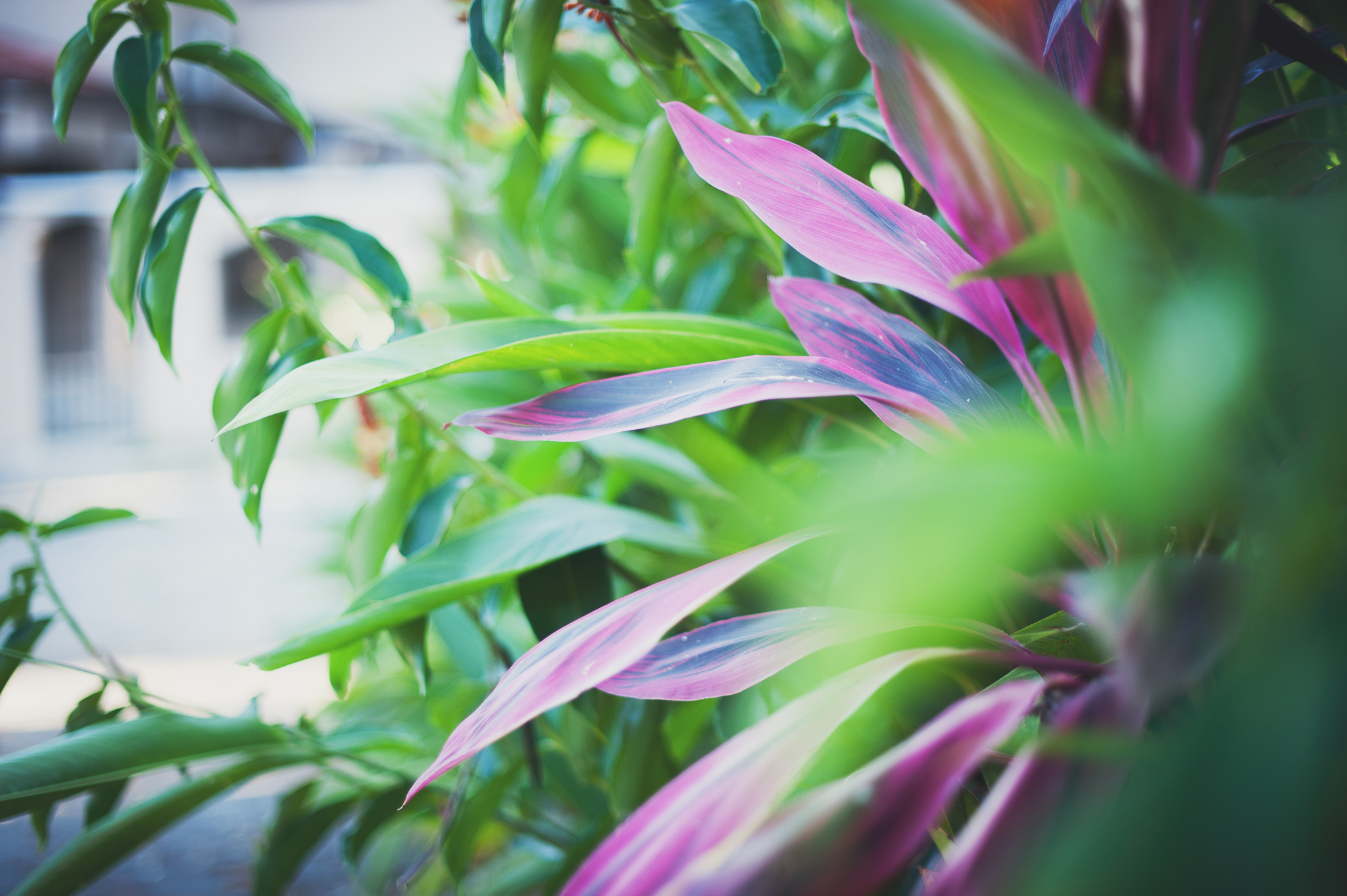
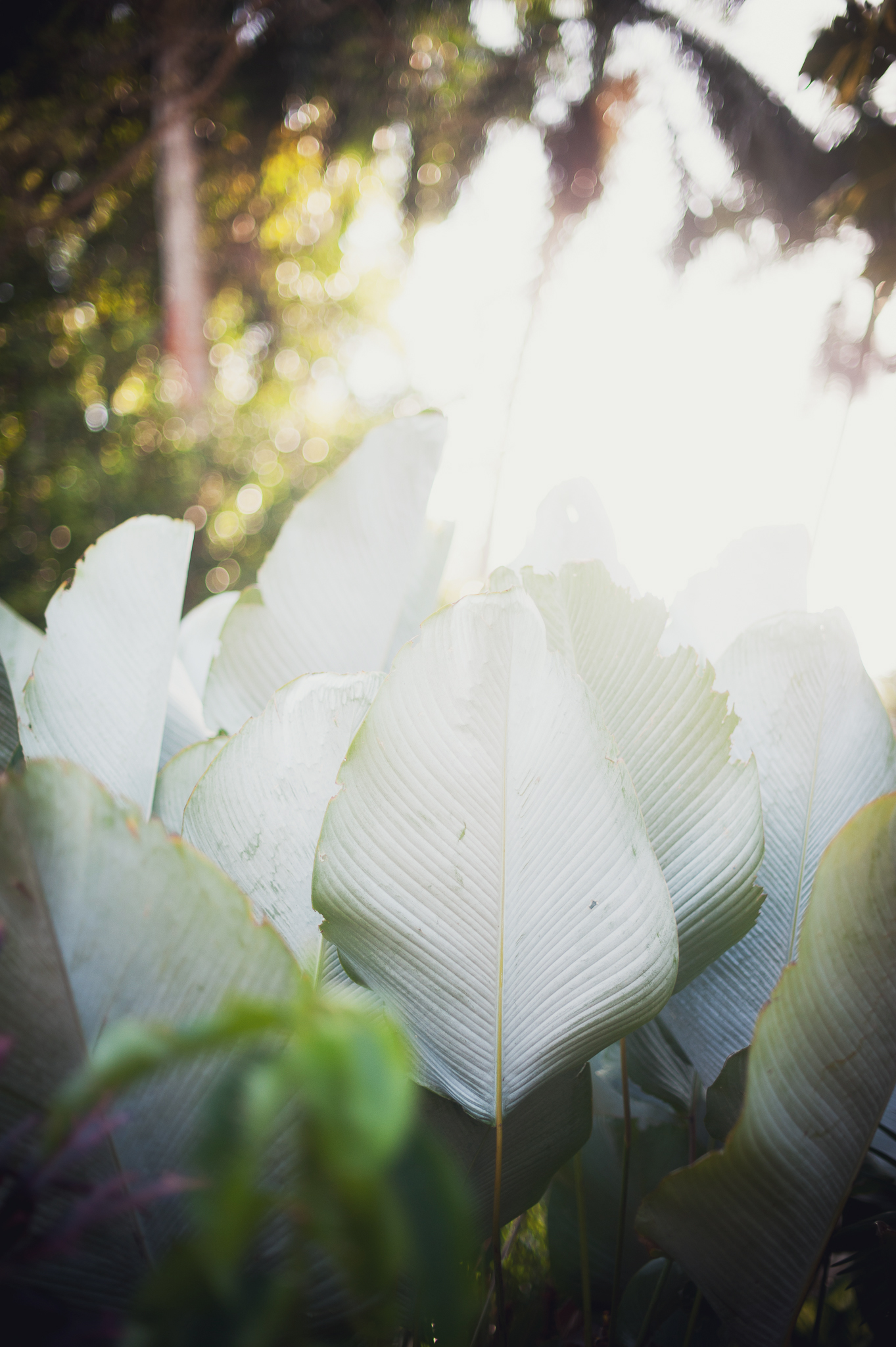
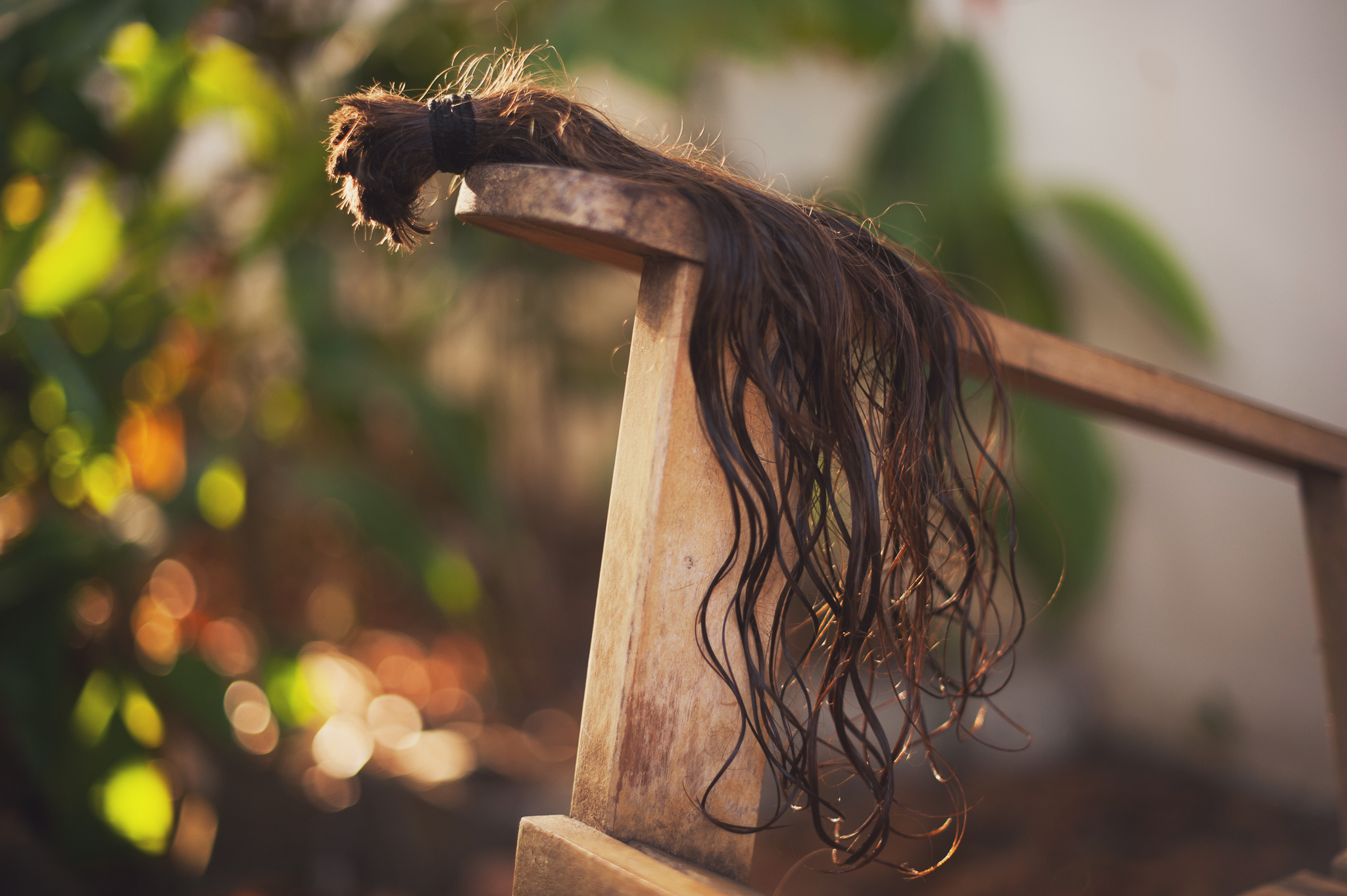
OK maybe this last one requires a bit of explanation. Read the story here.
P.S. I have to admit that lately, I’ve been thinking of getting a more compact camera for travel photography - one that I’d never hesitate bringing with me. Maybe it’s time to venture into the world of mirrorless cameras soon…



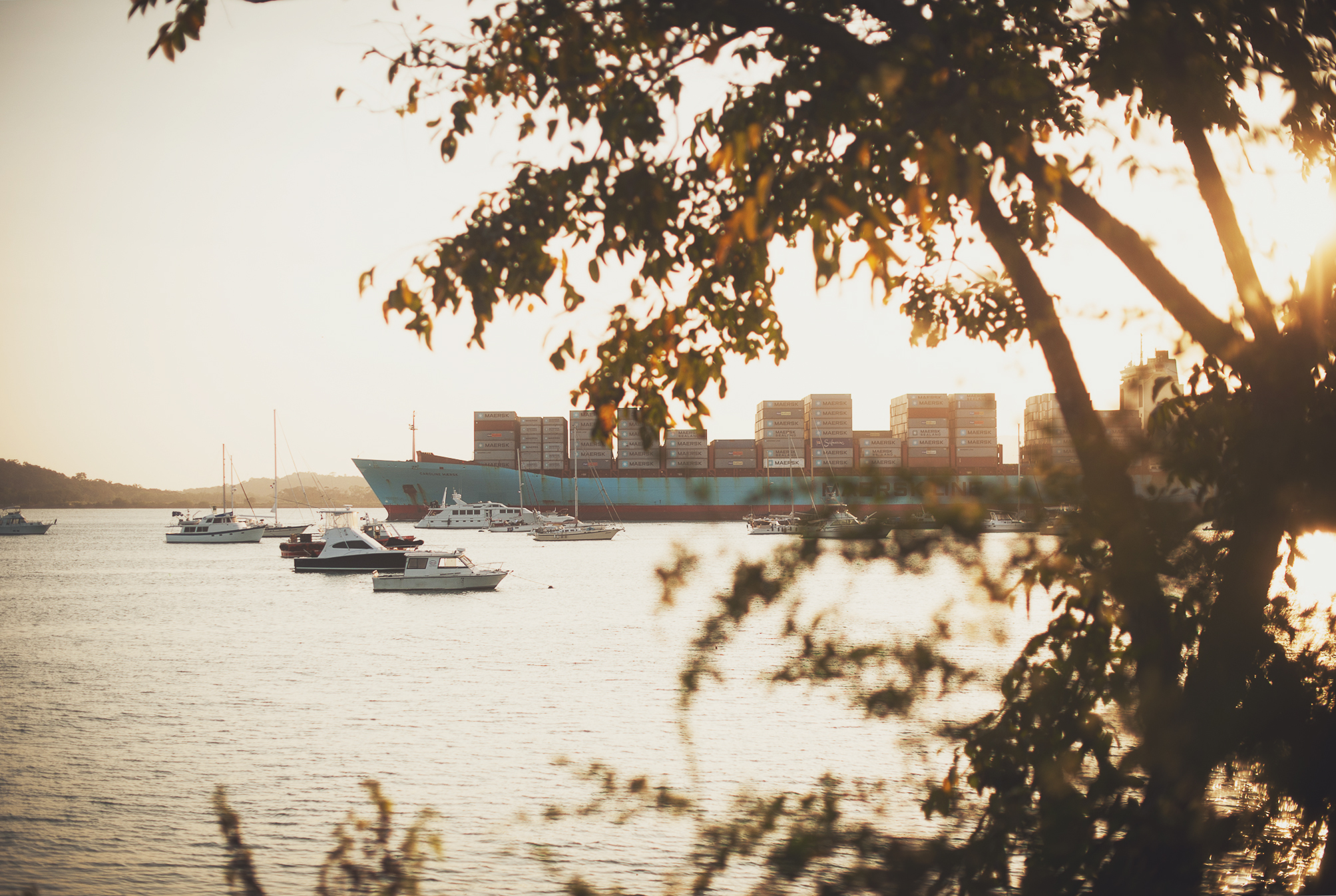
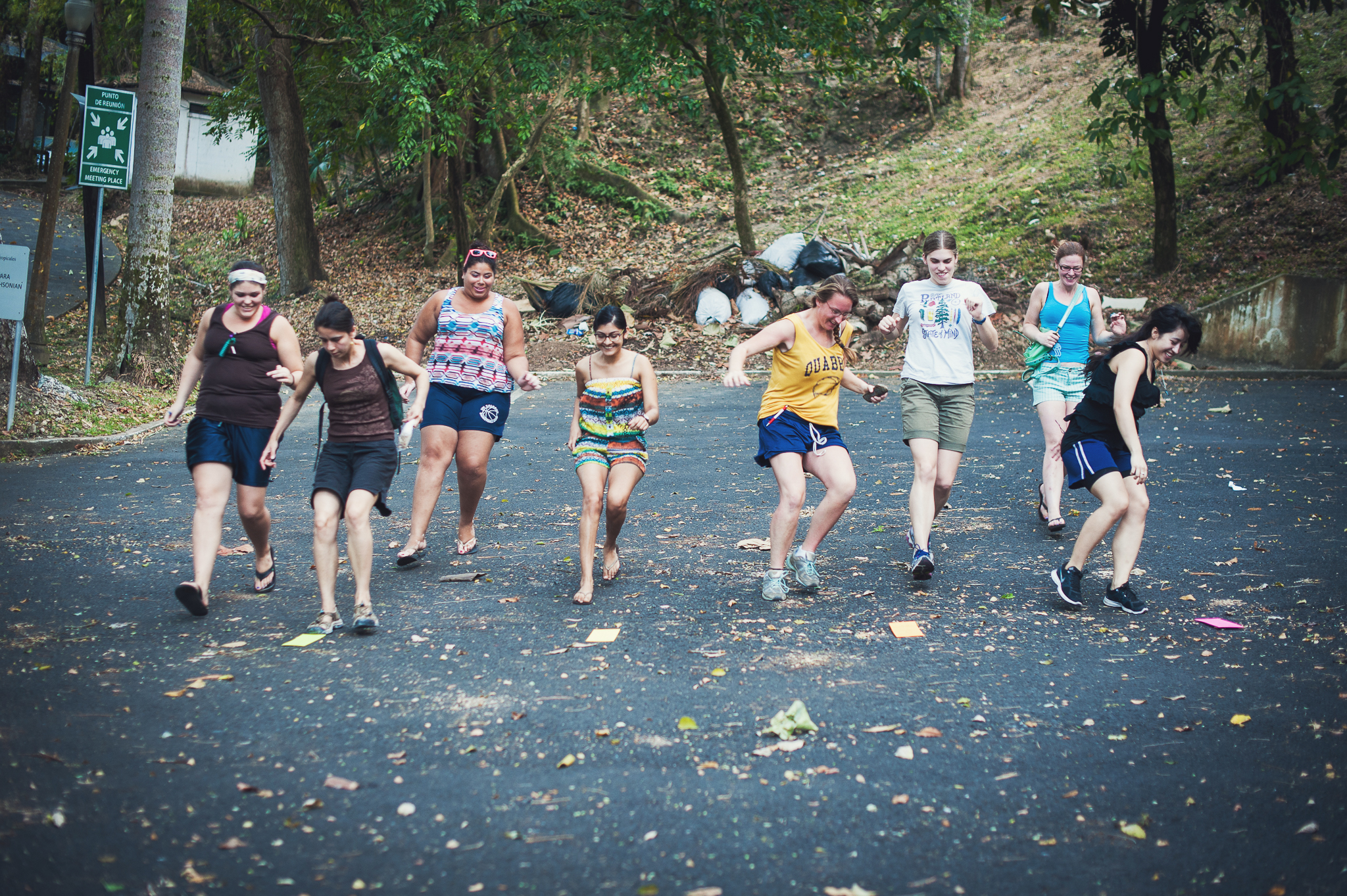
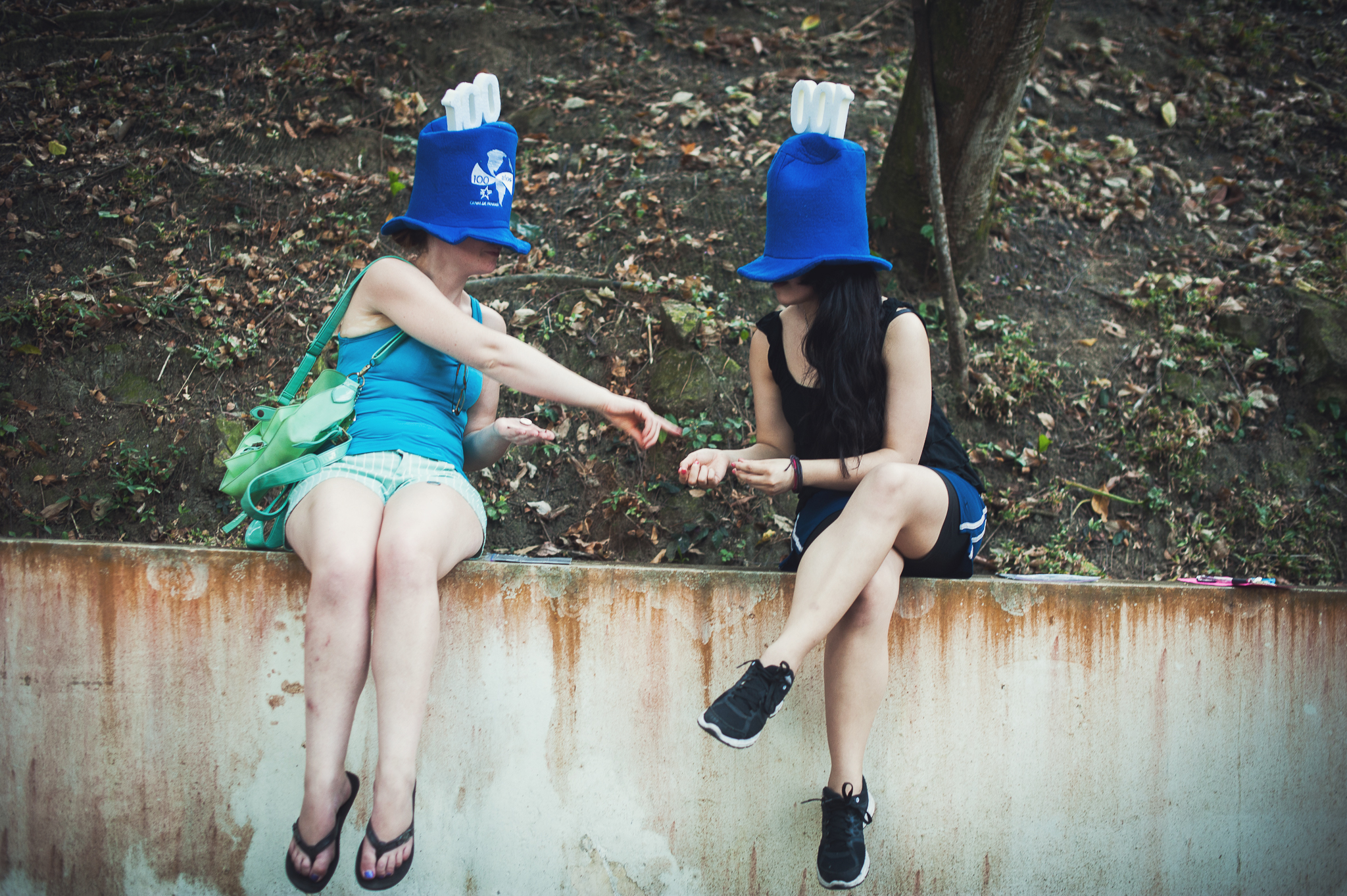
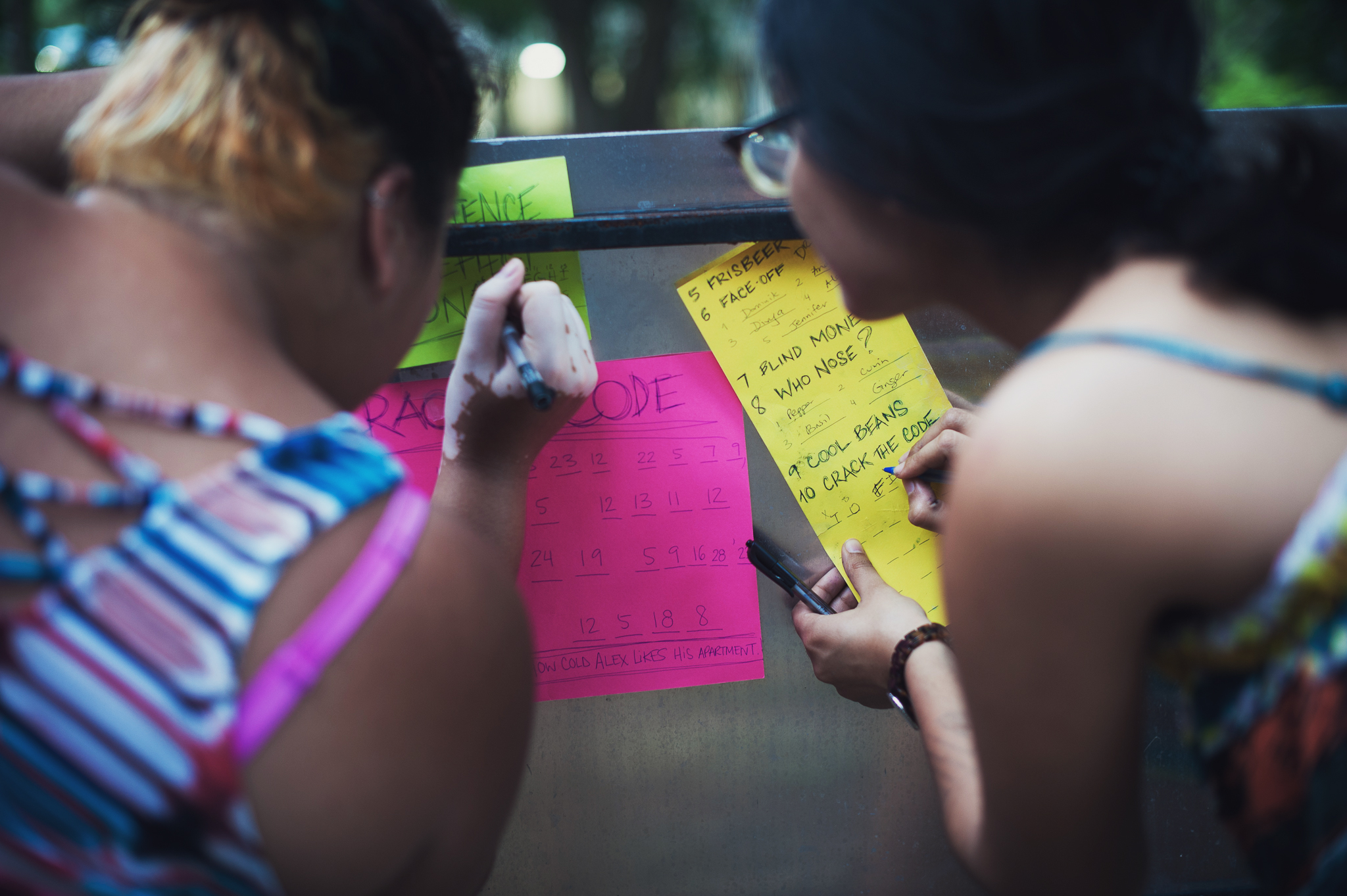
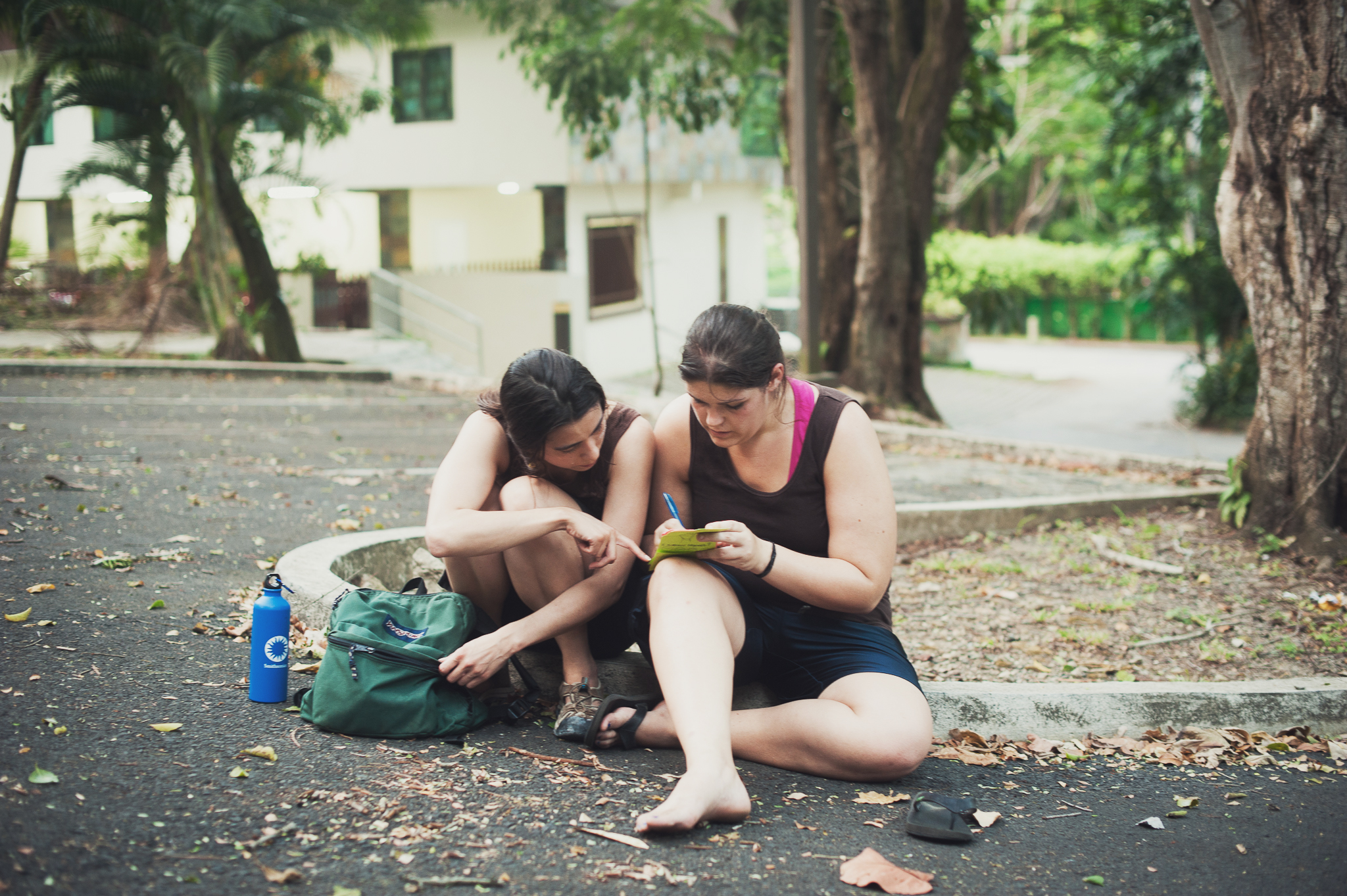
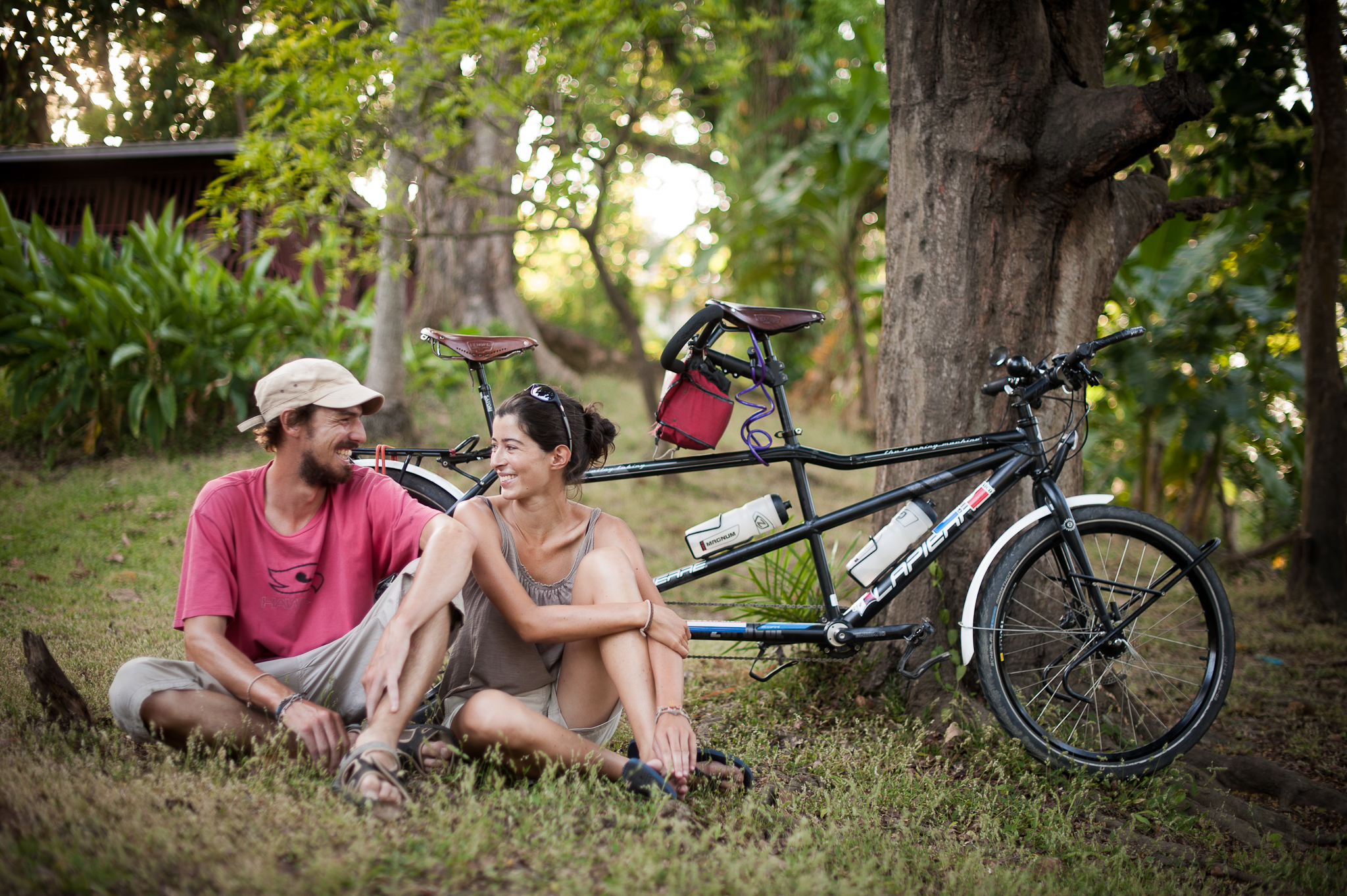
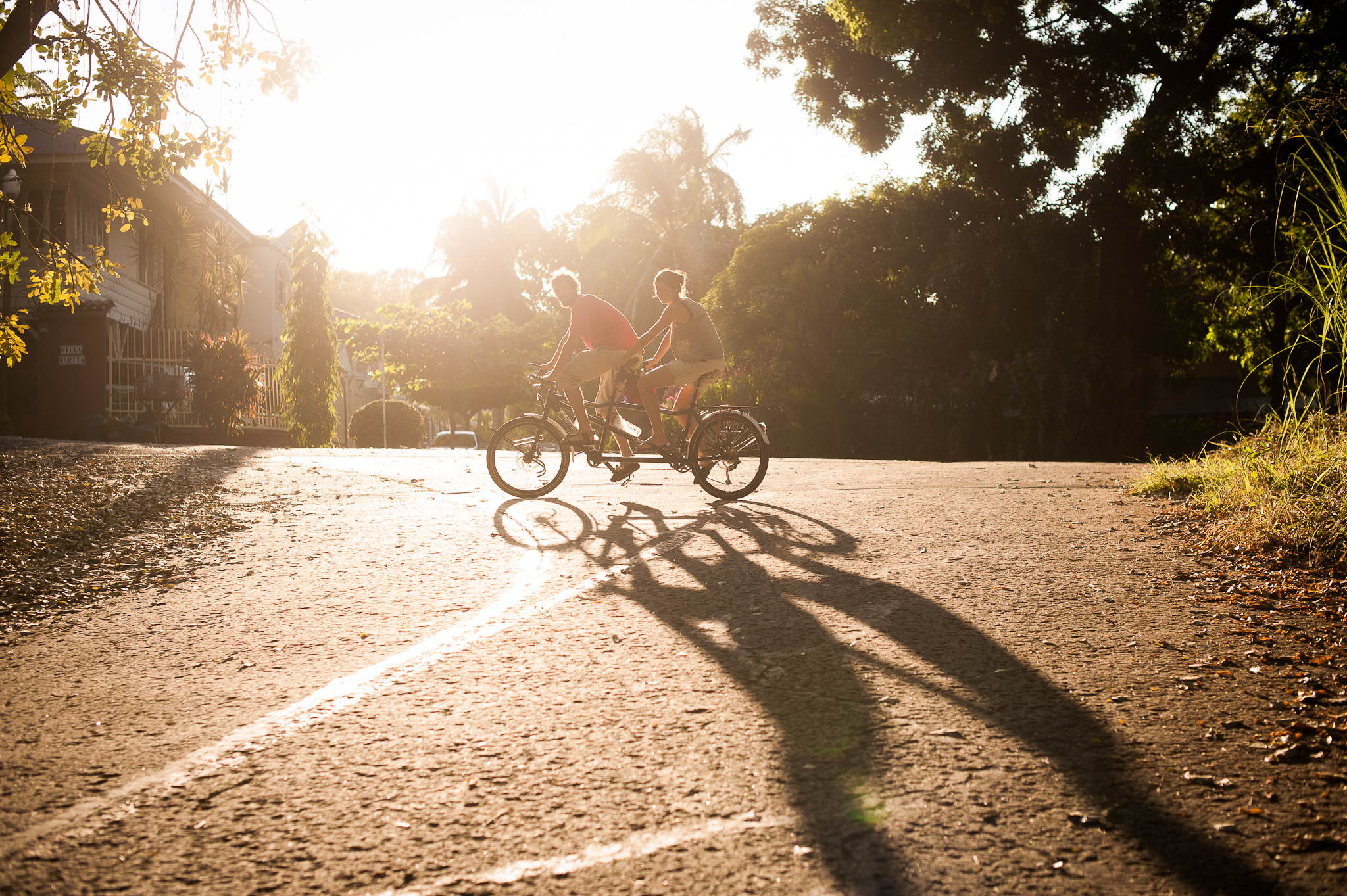
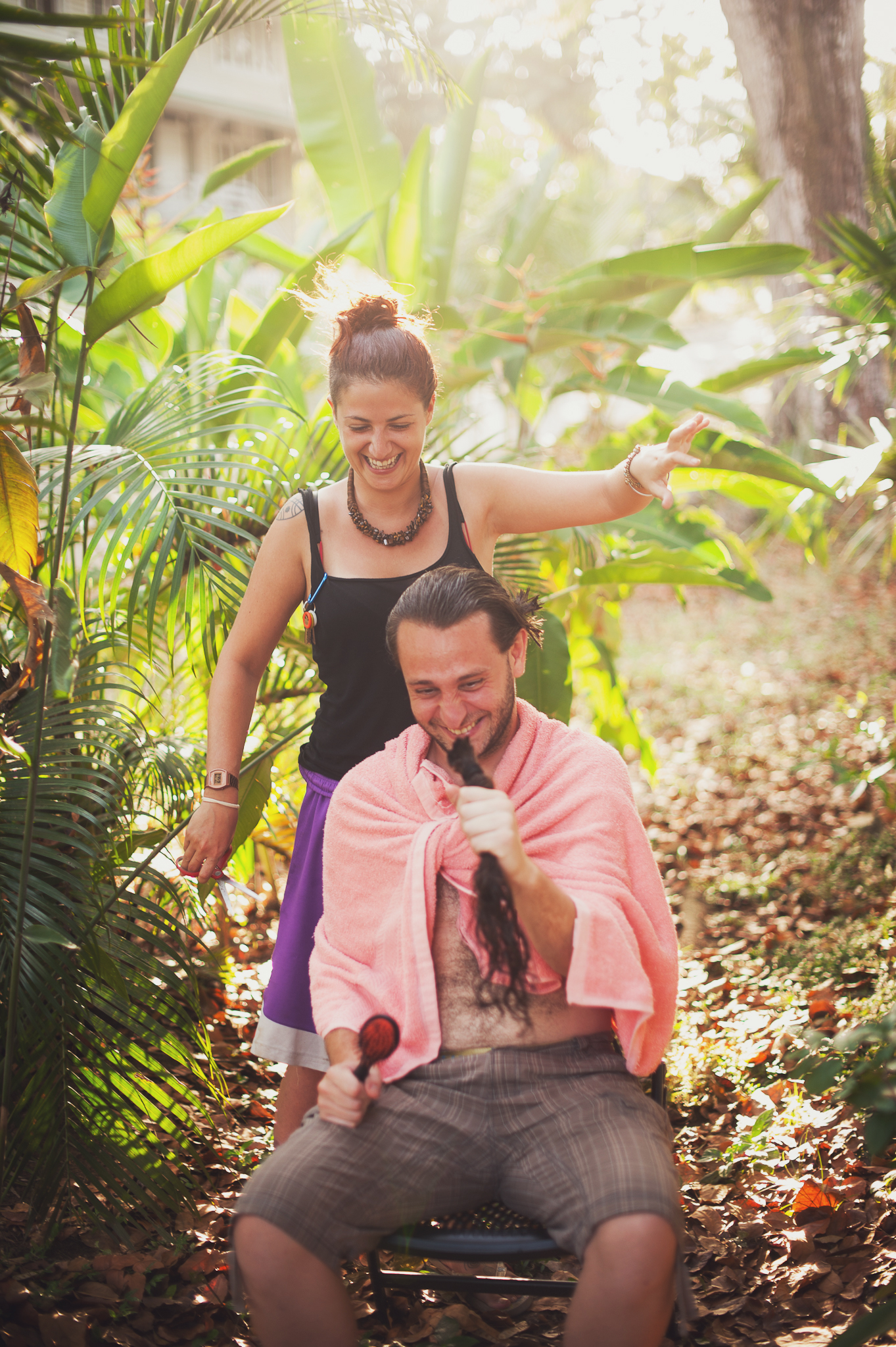
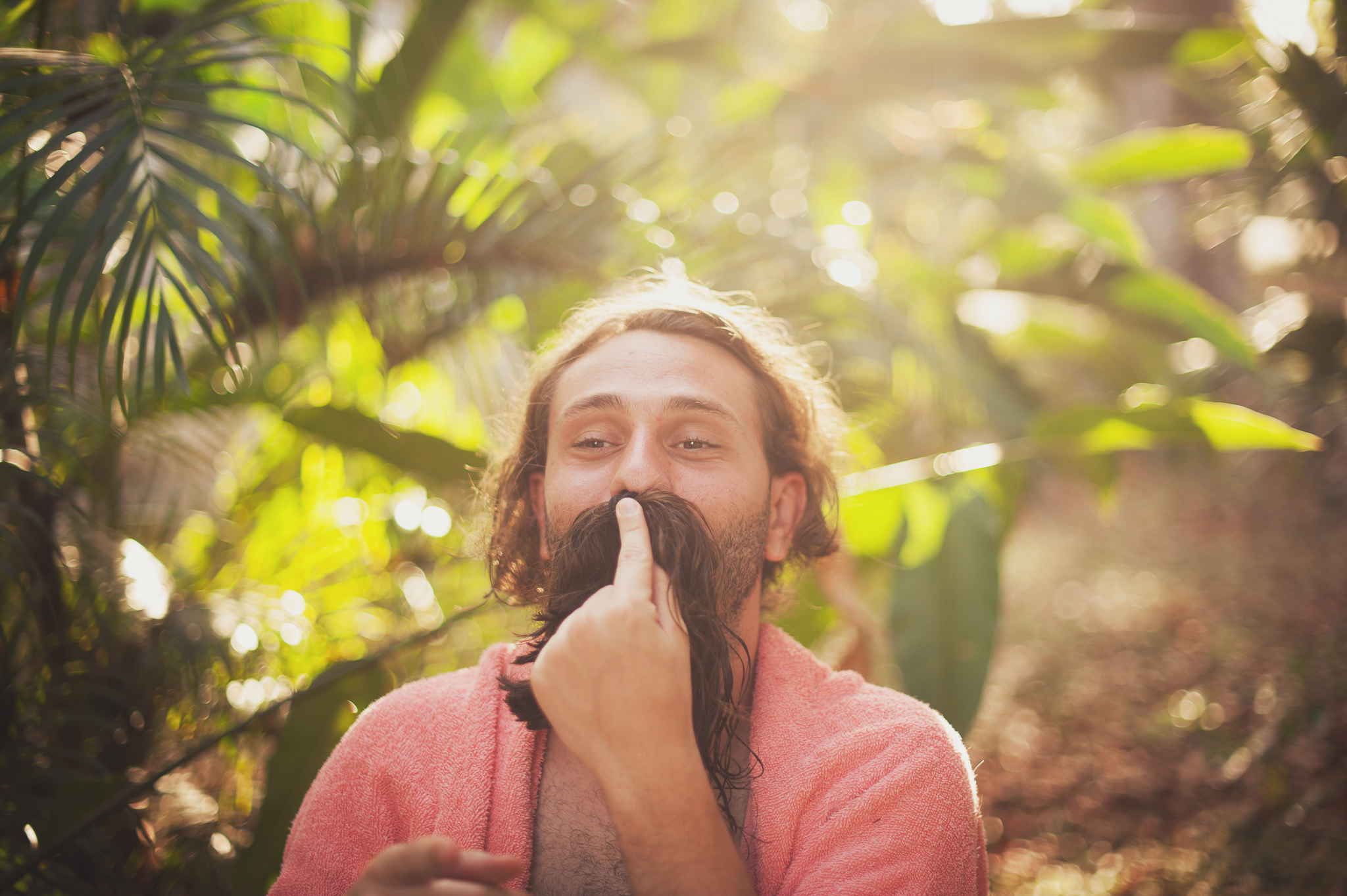
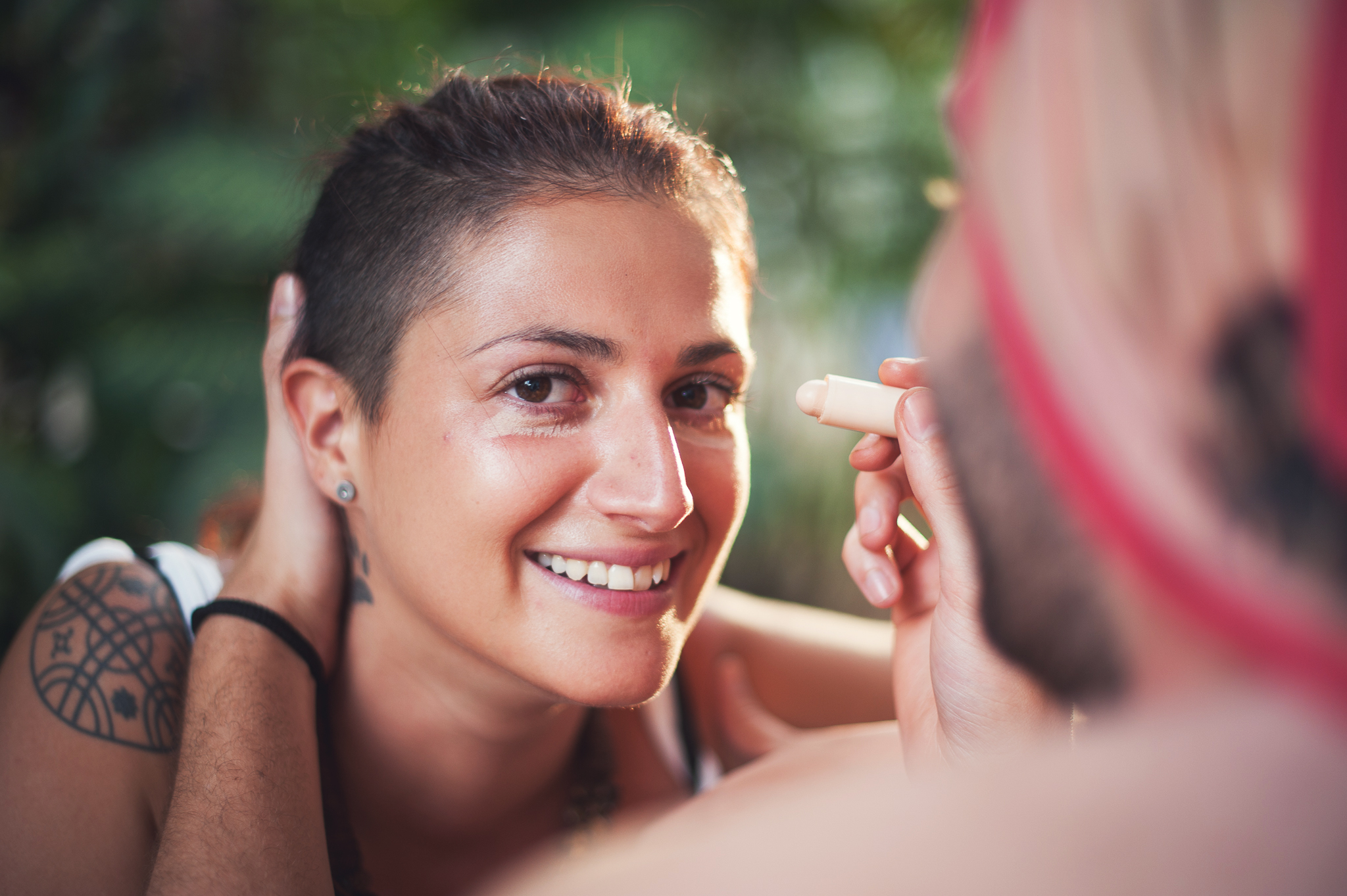
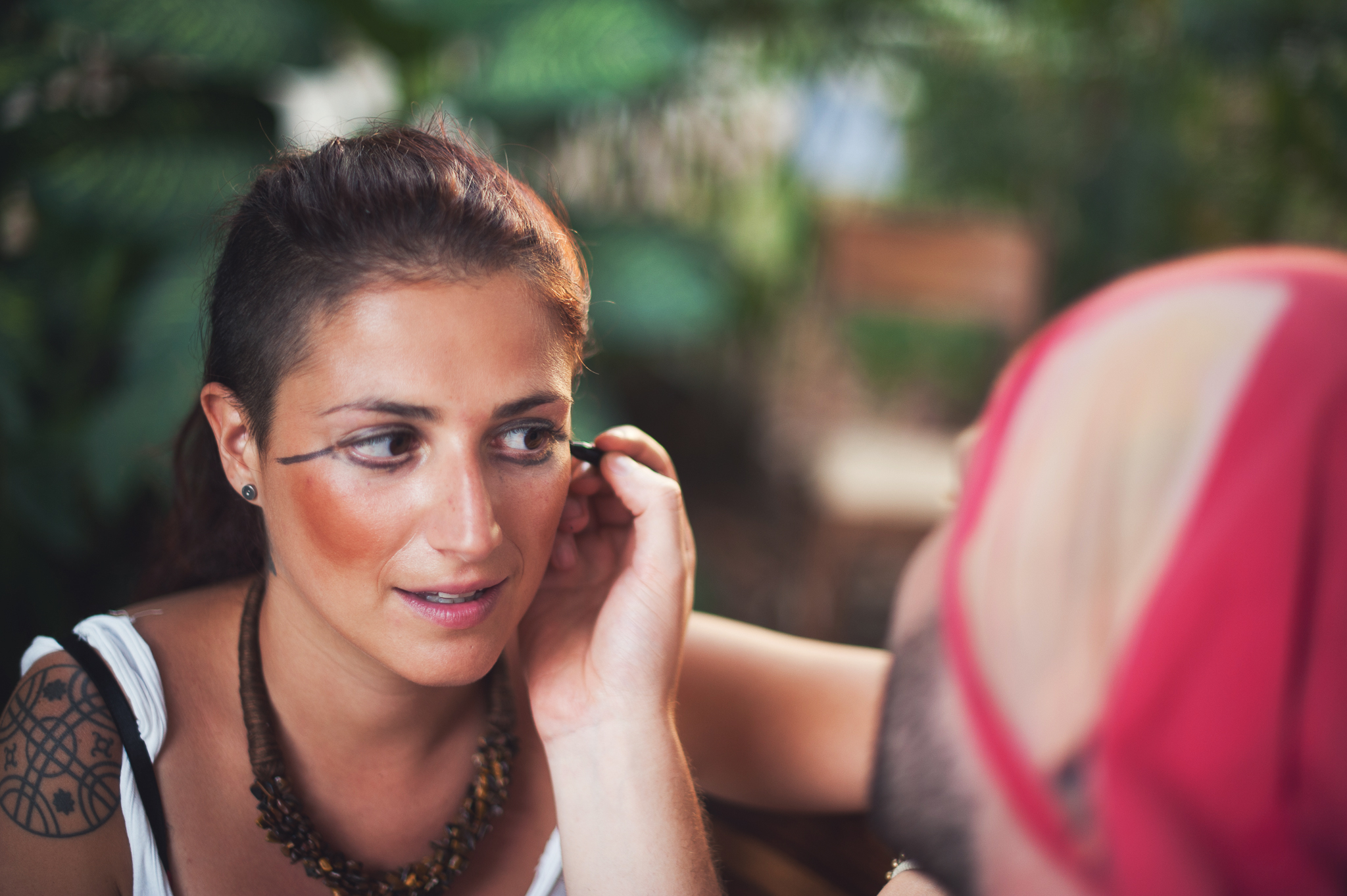


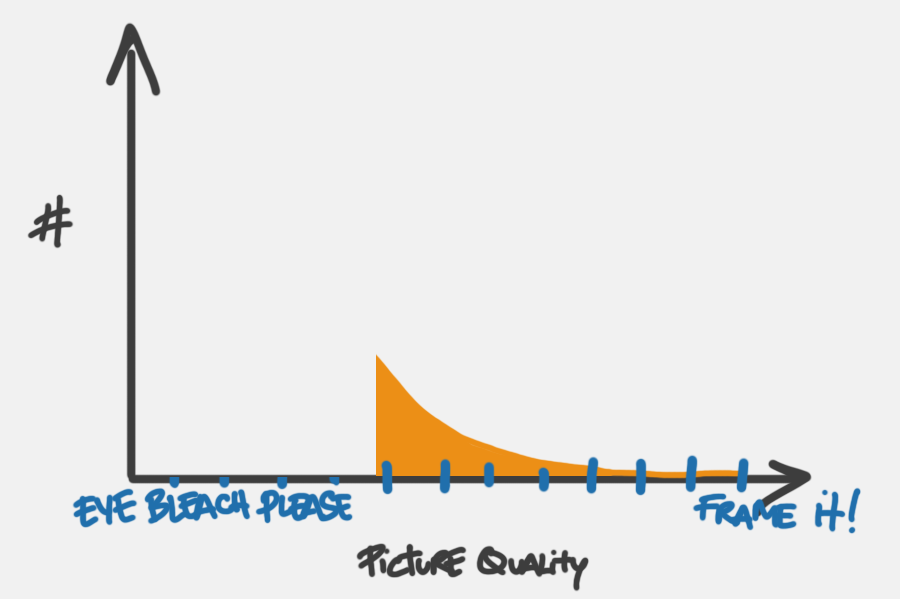
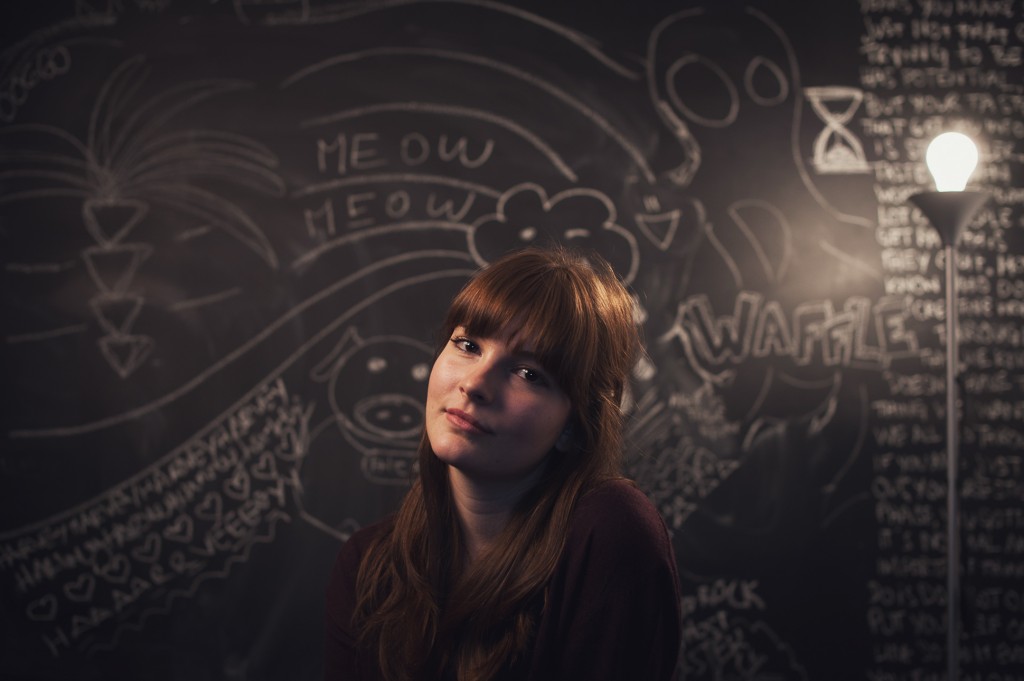



















 The process was simple. During the summer, we set the big date for 100in1day Montreal on October 5th 2013. Every week after that, the team hosted workshops in which citizens of Montreal of all ages and backgrounds were introduced to the project and were invited to share their dreams for the city. By brainstorming with other people also passionate about improving the city, they eventually came up with actions, big and small, to transform Montreal. Many entered these workshops knowing absolutely nothing about the project, but left with a spark that eventually bloomed into one of the 100 actions that took place on October 5th. Here are a few pictures of these workshops.
The process was simple. During the summer, we set the big date for 100in1day Montreal on October 5th 2013. Every week after that, the team hosted workshops in which citizens of Montreal of all ages and backgrounds were introduced to the project and were invited to share their dreams for the city. By brainstorming with other people also passionate about improving the city, they eventually came up with actions, big and small, to transform Montreal. Many entered these workshops knowing absolutely nothing about the project, but left with a spark that eventually bloomed into one of the 100 actions that took place on October 5th. Here are a few pictures of these workshops.



 In addition to documenting the process as well as the big day, I wanted to thank all participants behind each of the 100 actions by creating a unique image that would represent their action. We displayed these on the website to give each action a visual identity. Here are some of my favourites.
In addition to documenting the process as well as the big day, I wanted to thank all participants behind each of the 100 actions by creating a unique image that would represent their action. We displayed these on the website to give each action a visual identity. Here are some of my favourites.











 Thanks and stay tuned for my next blog post! I'll describe several actions that took place and share some pictures of the big day!
Thanks and stay tuned for my next blog post! I'll describe several actions that took place and share some pictures of the big day!
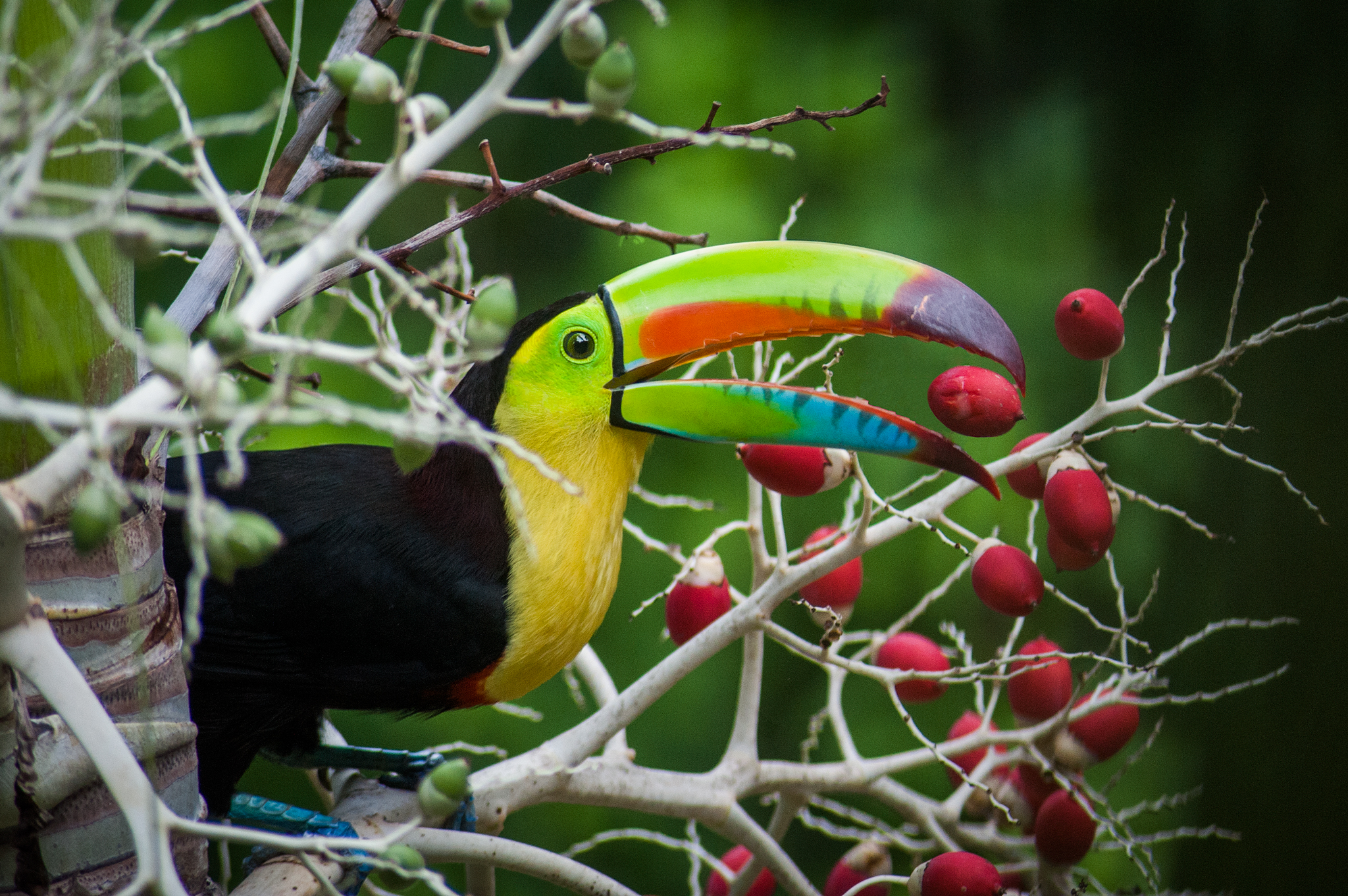
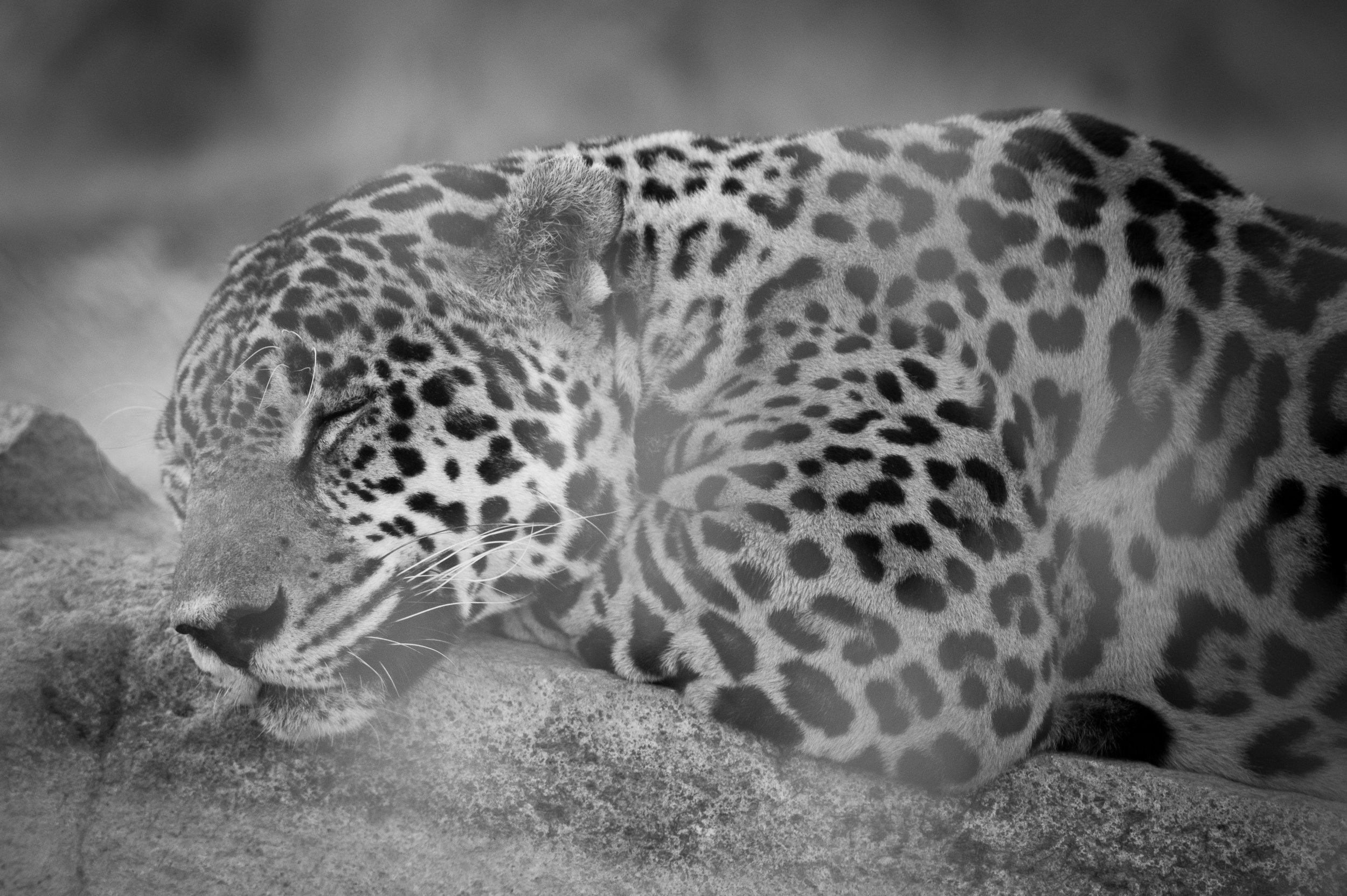
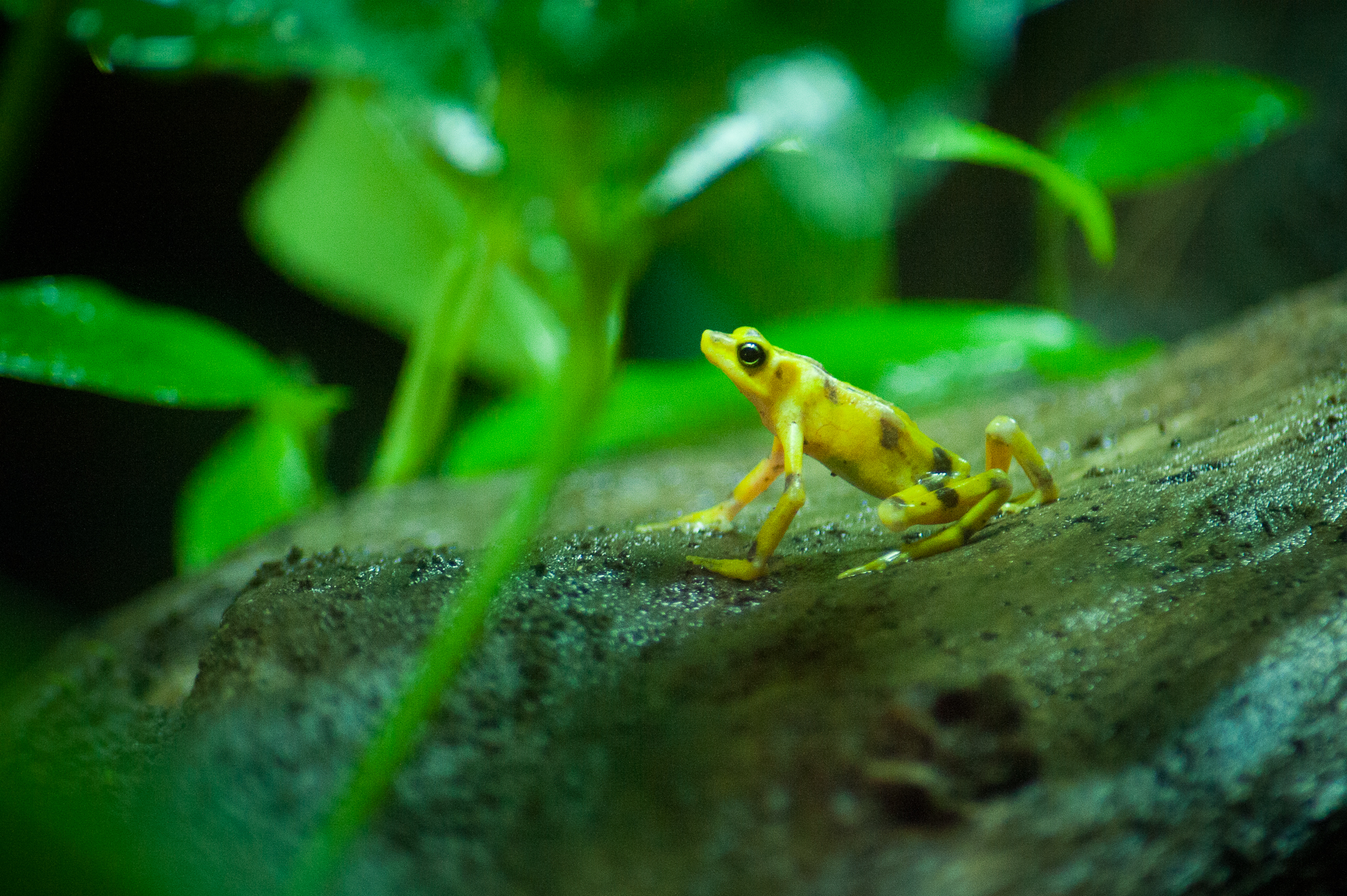
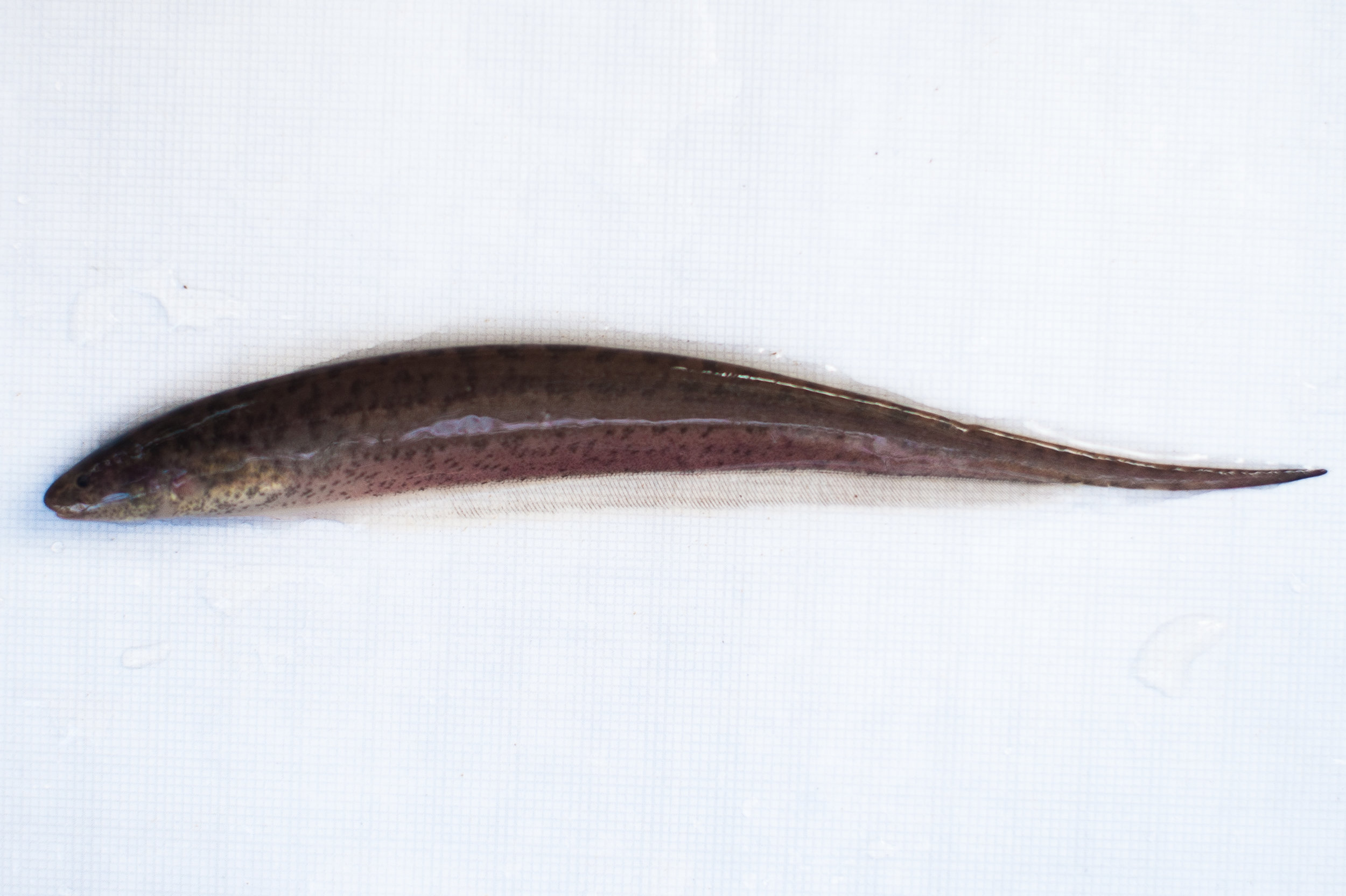






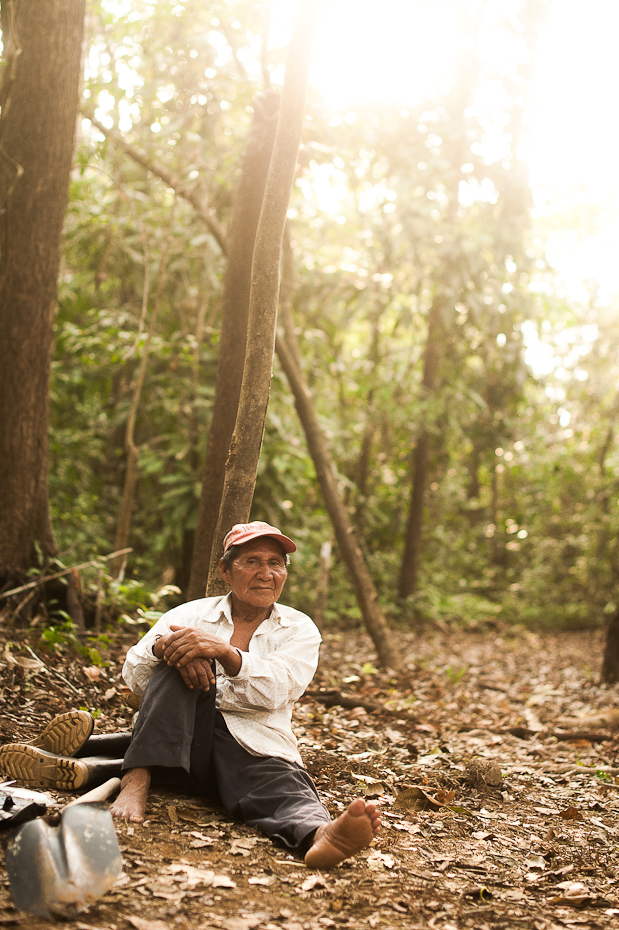 My Emberá bodyguard Marín. Nikon D700 + 50mm 1.4, 1/1250, f/2.2, 1250.
My Emberá bodyguard Marín. Nikon D700 + 50mm 1.4, 1/1250, f/2.2, 1250.




